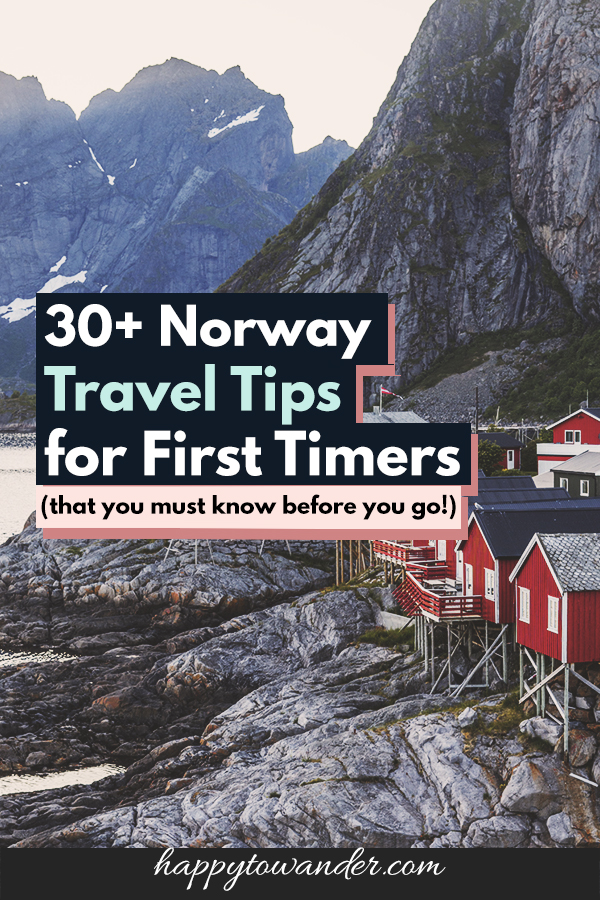*FYI - this post may contain affiliate links, which means we earn a commission at no extra cost to you if you purchase from them. Also, as an Amazon Associate I earn from qualifying purchases. Check out our Privacy Policy and Disclosure. for more info.
Famed for its dramatic fjords, epic landscapes & eye-watering prices, Norway is one of those bucket list destinations that I truly believe is worth every ounce of hype.
But before you can ogle those views and inhale all those cinnamon buns, you need a plan… because Norway, while amazing, can be an overwhelming country to visit. So many things to see, so many places to go, and SO many costs and culture shocks to consider…
Well, don’t worry – in this post I’ll be sharing all my top tips for first time visitors to Norway, from what kind of prices to actually expect, tricks to saving money, and all the common mistakes to avoid so your dream trip remains exactly that.
I hope you find these Norway travel tips helpful!
1. Prepare your wallet for high prices
In Norway, the currency is of course the Norwegian Krone, or NOK. First time visitors might have a hard time adjusting to this currency, so I’d highly advise finding a meaningful mental shortcut ASAP so you’re able to roughly understand prices as you encounter them.
During my most recent trip for instance, 100 NOK was equal to about $9.40 USD so for the sake of easy mental math, we rounded up to 10 USD, which helped a lot. So if something was 100 NOK, we’d estimate it was about 10 USD. Be mindful that rates do of course fluctuate though, so tailor your calculations to current rates, not mine, a consider downloading a currency conversion app like this one as well.
Anyways yes, let’s first set the record straight: the legends are true – Norway is indeed a pricey destination, but you might be curious what that actually means.
Well, to get your expectations straight, here are some examples of prices…
- A main course for a sit down meal: 250 NOK – 450 NOK
- Most coffees out: 50 – 60 NOK
- A cinnamon bun (important metric): 50 – 60 NOK
- A beer: 120 – 160 NOK
- A gas station hot dog: 70 – 90 NOK
So as you can see, with the exception of alcohol which is famously extortionate, the prices are actually comparable to a pricey US city… which isn’t cheap of course, but not as prohibitively expensive as some guides will have you believe.
There are also some things (e.g. hotels, which we’ll discuss later) that offer really good value for money compared to other countries. So, don’t write Norway off as out of your budget just yet. After all, there are plenty of ways to cut costs, many of which I’ll be sharing throughout this post.
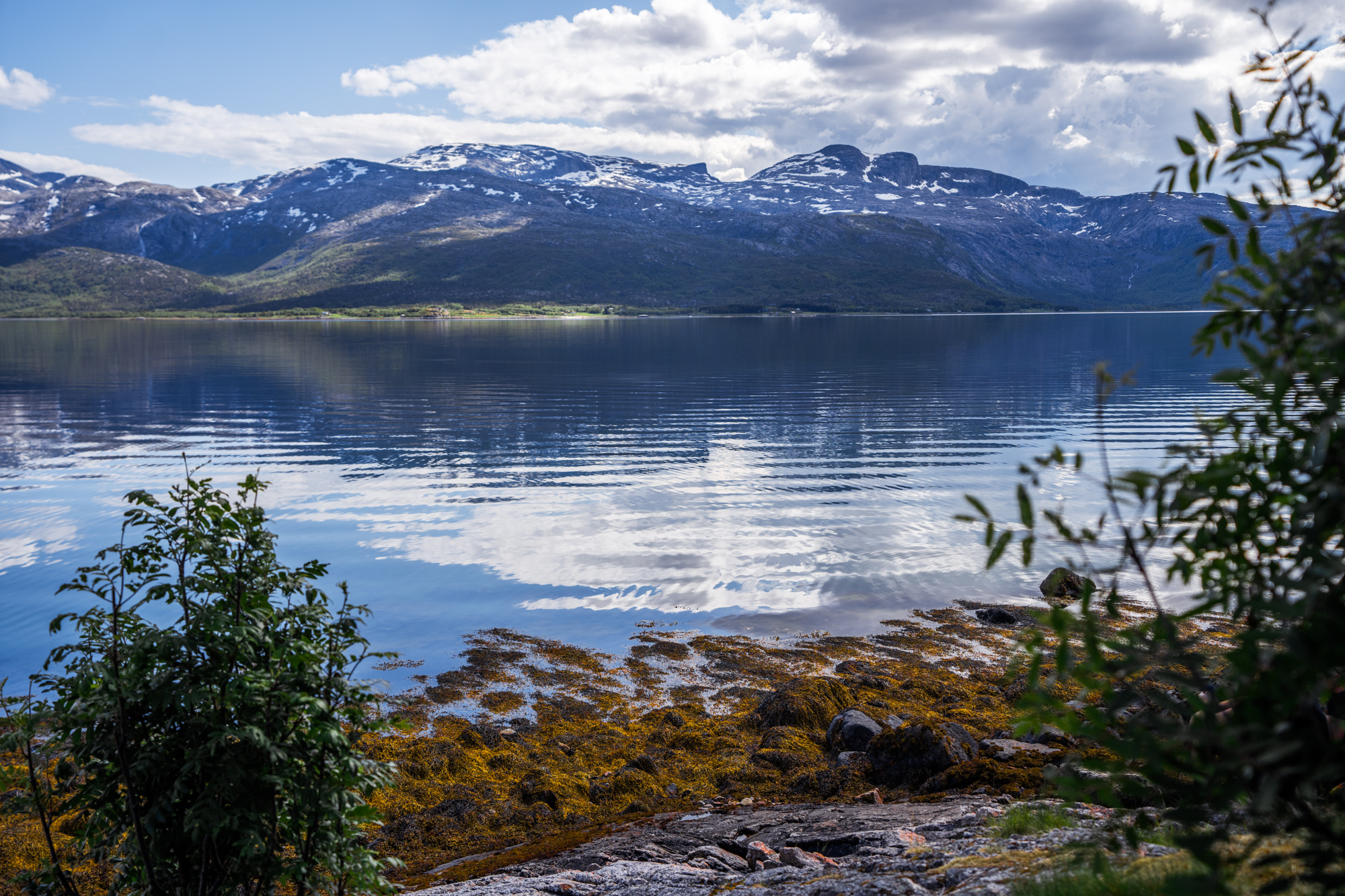
2. Avoid planning your itinerary around the most famous Instagram hotspots
Next: let’s talk about where to go!
My main warning in regards to deciding on destinations in Norway is to not simply turn to social media and plan based on the most famous spots you see on there. Usually, these are very spread out across the country, so planning around them will produce a really stressful and unrealistic itinerary.
Don’t forget: Norway is a really long country that covers a lot north to south, so it can take a great deal of time to travel between key tourist areas, and those gorgeous places you’ve seen before are likely to be quite far from each other.
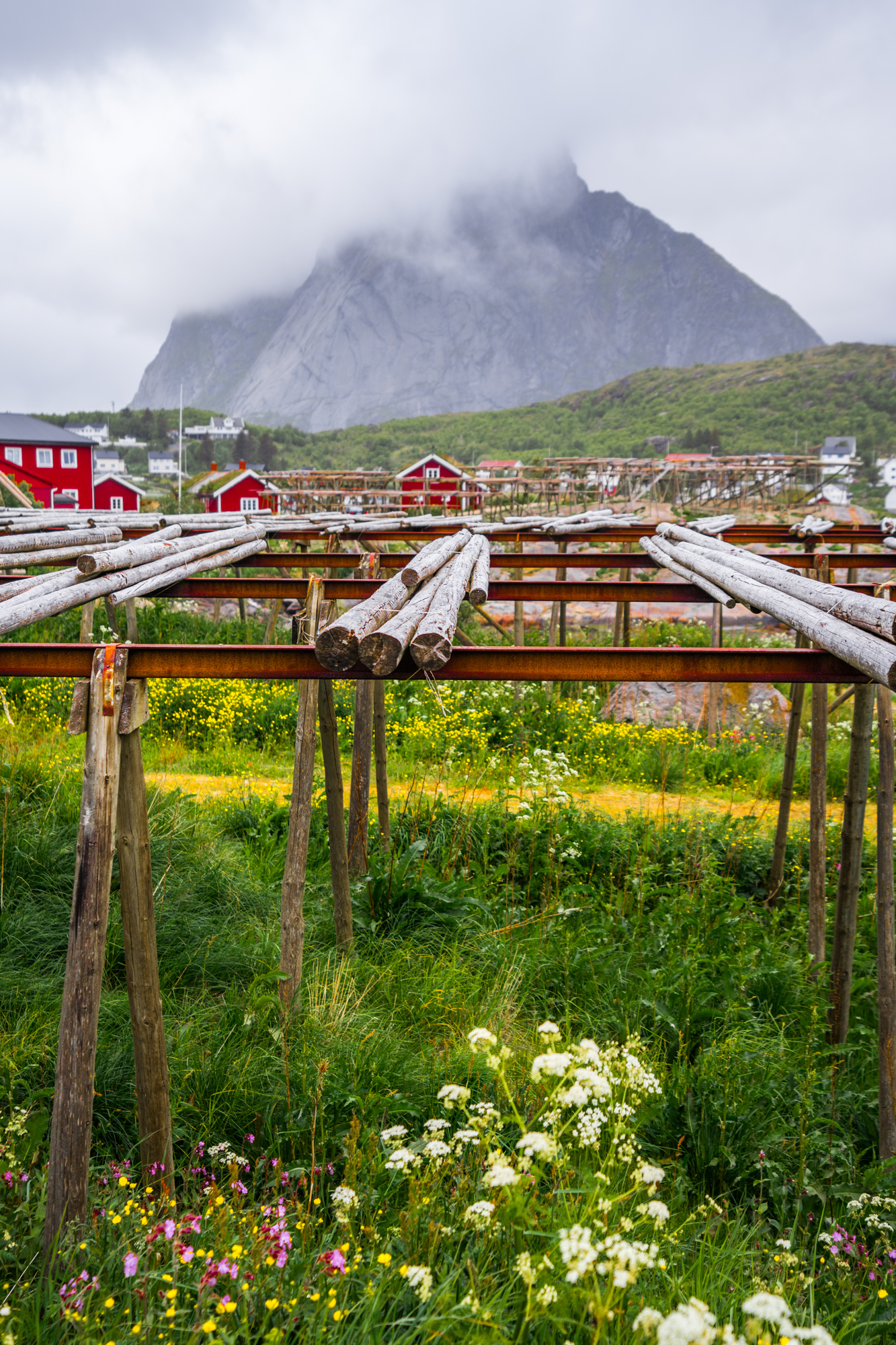
3. Instead, choose one region and explore it thoroughly
Rather than try to cover too much ground during your first Norway trip, I would recommend focusing on one area and exploring it thoroughly. This method is great for minimizing burnout, and can also help you find more off-the-beaten-path destinations rather than hitting up the same hotspots as everyone else.
If there’s one thing I learned while researching my trip to Norway it’s that for every super famous touristy attraction, there’s almost always a lesser well-known alternative that’s just as stunning, so be sure to do plenty of research, starting first with deciding what your main goals are for the trip, and letting that steer your decision.
After all, the north to south variance in Norway means that landscapes can vary dramatically depending on where you go, so deciding on your priorities first will help you narrow down your search significantly.
If you are wanting to see epic mountains and fjords for instance, you might be better off going to Western Norway, like Bergen and the Western Fjords or the Geirangerfjord area, rather than the East, which is much flatter and less dramatic.

There’s also quieter beaches and islands to the South, as well as dramatic landscapes and wildlife up North, which is also ideal for those seeking Northern Lights or Midnight Sun in the summer.
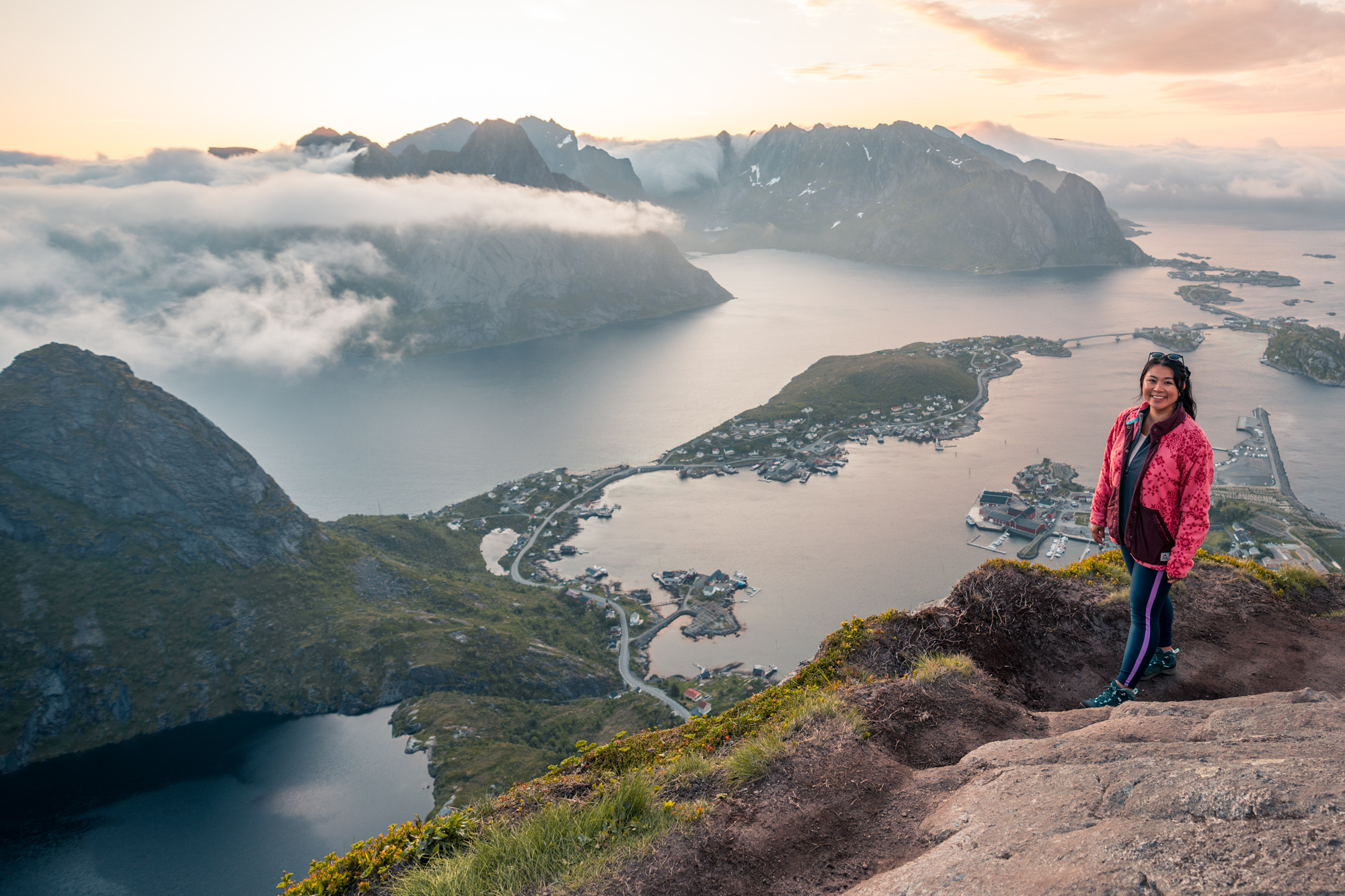
And if you’re looking more for modern architecture and cultural offerings, then you might be better suited to a trip to the capital Oslo, or possibly Trondheim if you’re interested in history and monuments.
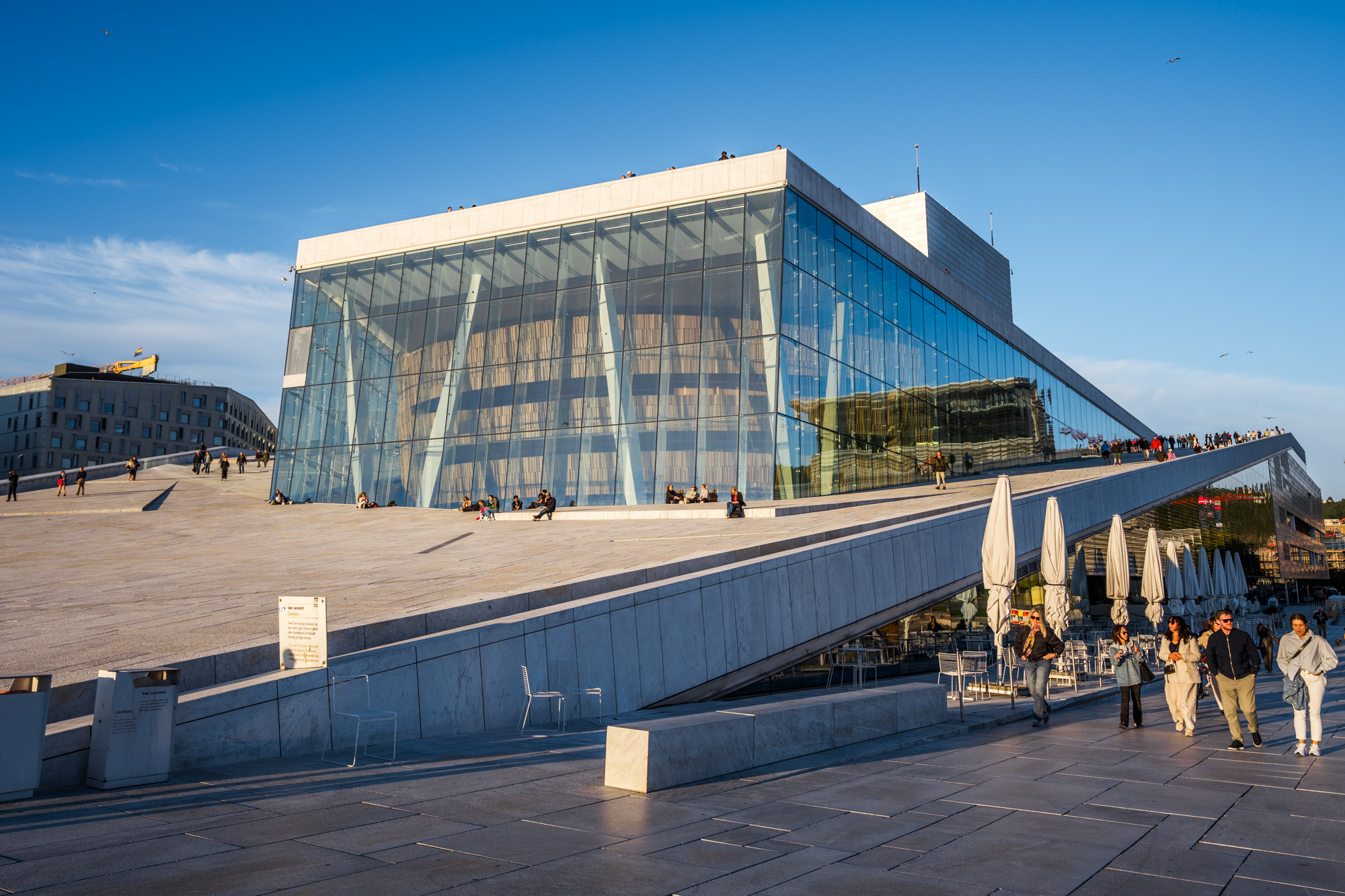
Once you have your main region decided, then you can dig a little deeper to find more offbeat places in those areas – the official tourism board website and local Norwegian bloggers are often good resources for finding these. My personal favourite Norweigan Instagrammer is @HeleneMoo.
All to say, Norway is an amazing country with lots to see, so be sure to explore beyond just the most famous places you’ve heard of, and have an understanding of what each region has to offer!
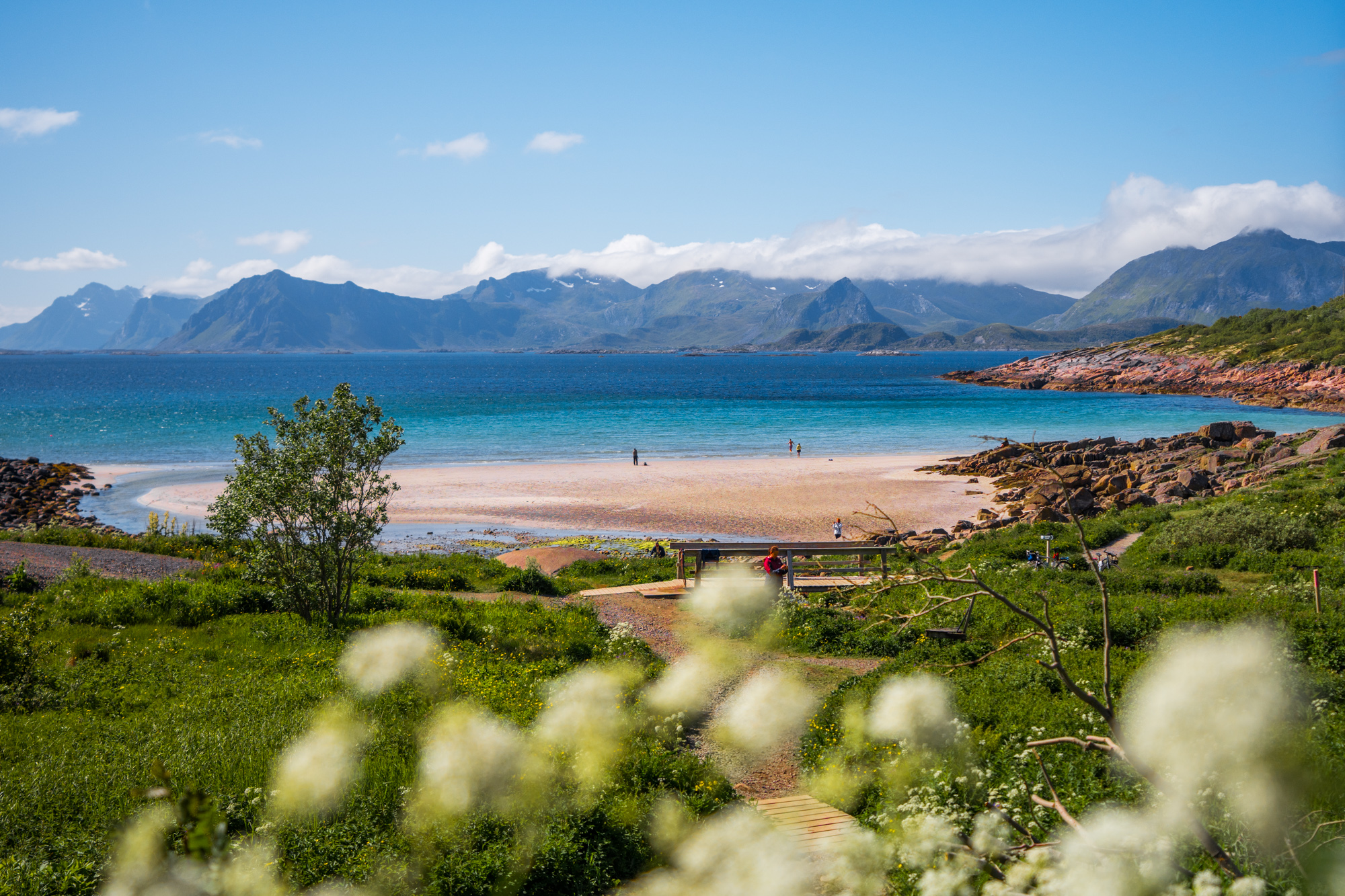
4. Understand the pros and cons of visiting in each season
Next: let’s discuss when to go.
It might sound clichéd, but so long as you pack the appropriate clothing, Norway can really be a great year-round destination. Having been both in winter and summer, there are compelling reasons to visit either time (as well as during shoulder season).
Of course, again, what your priority is will dictate the best time to go.
Winter:
- Pros: Ideal for seeing Northern Lights (between Nov – March) as this is when the nights are at their longest which maximizes your chances of seeing the lights
- Cons: Limits your daylight hours for exploring, and is also… very cold.
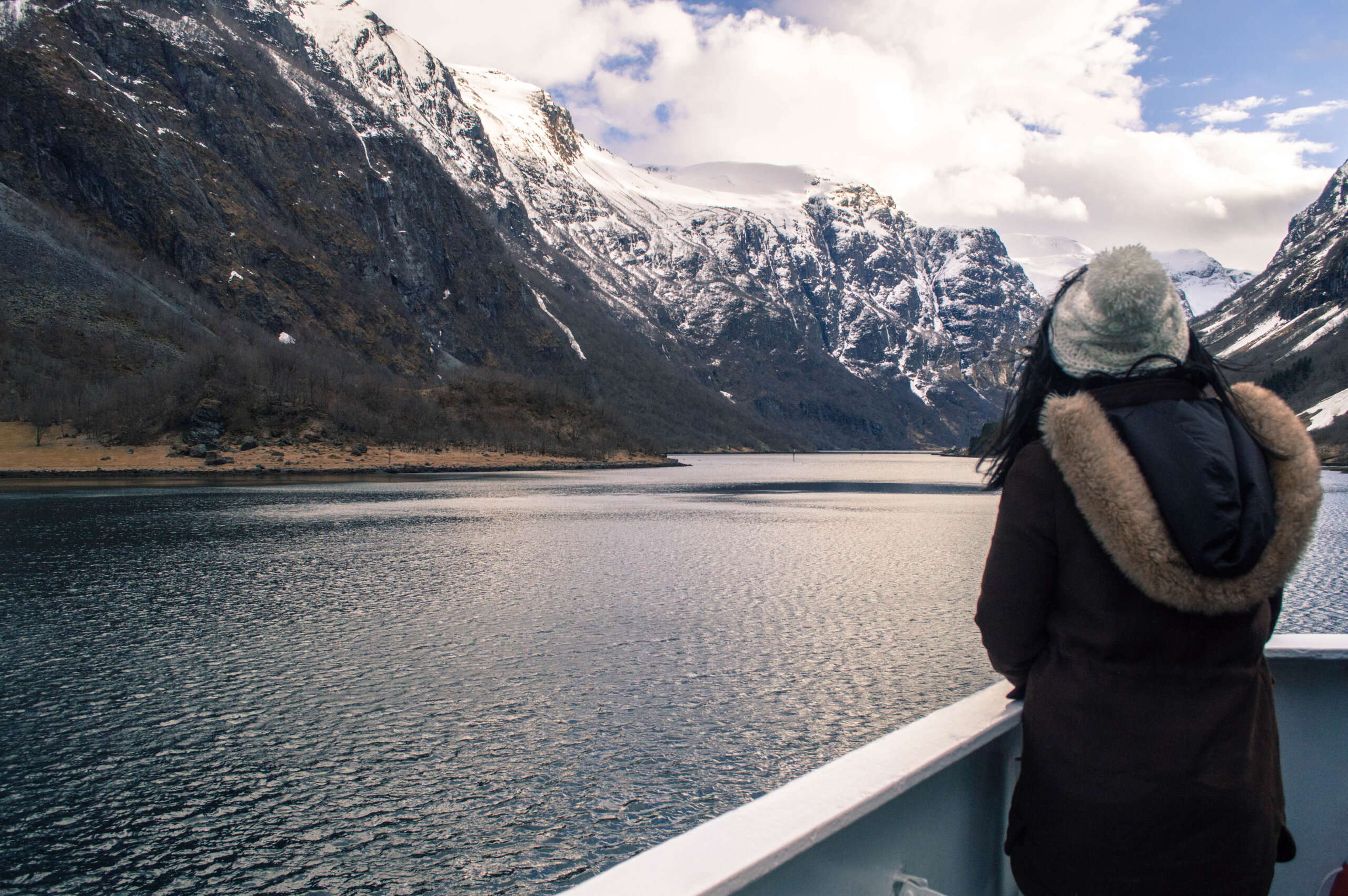
Summer:
- Pros: Longer days and the best weather, as well as the possibility to see experience Midnight Sun north of the Arctic Circle (between mid-June to July), AKA that period of time when the sun genuinely does not set and just kind of glides across the horizon
- Cons: Crowds, a lot of construction/repair work on roads and cities, heat getting trapped in accommodation (which frequently does not have AC), and lack of blackout blinds in a lot of places which makes it hard to fall asleep (bring an eye mask!!)
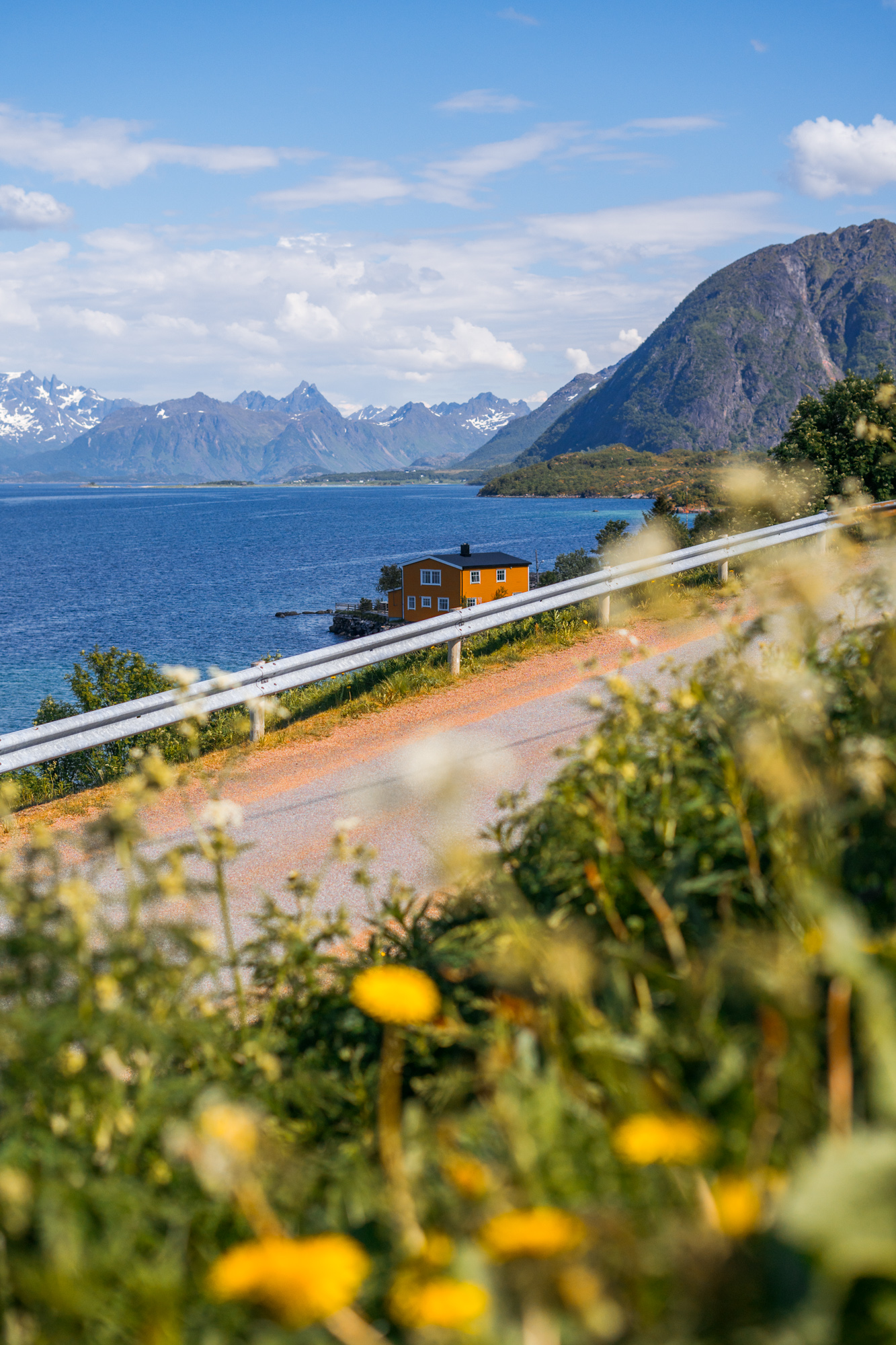
Fall & Spring:
- Pros: Fewer crowds, possibility of visiting on May 17, Norway’s Constitution Day, a big celebration and national holiday where you’ll get to see lots of fun parades and people out in traditional dress.
- Cons: Dicier weather and off-season transport schedules, which can be less frequent especially in touristy areas
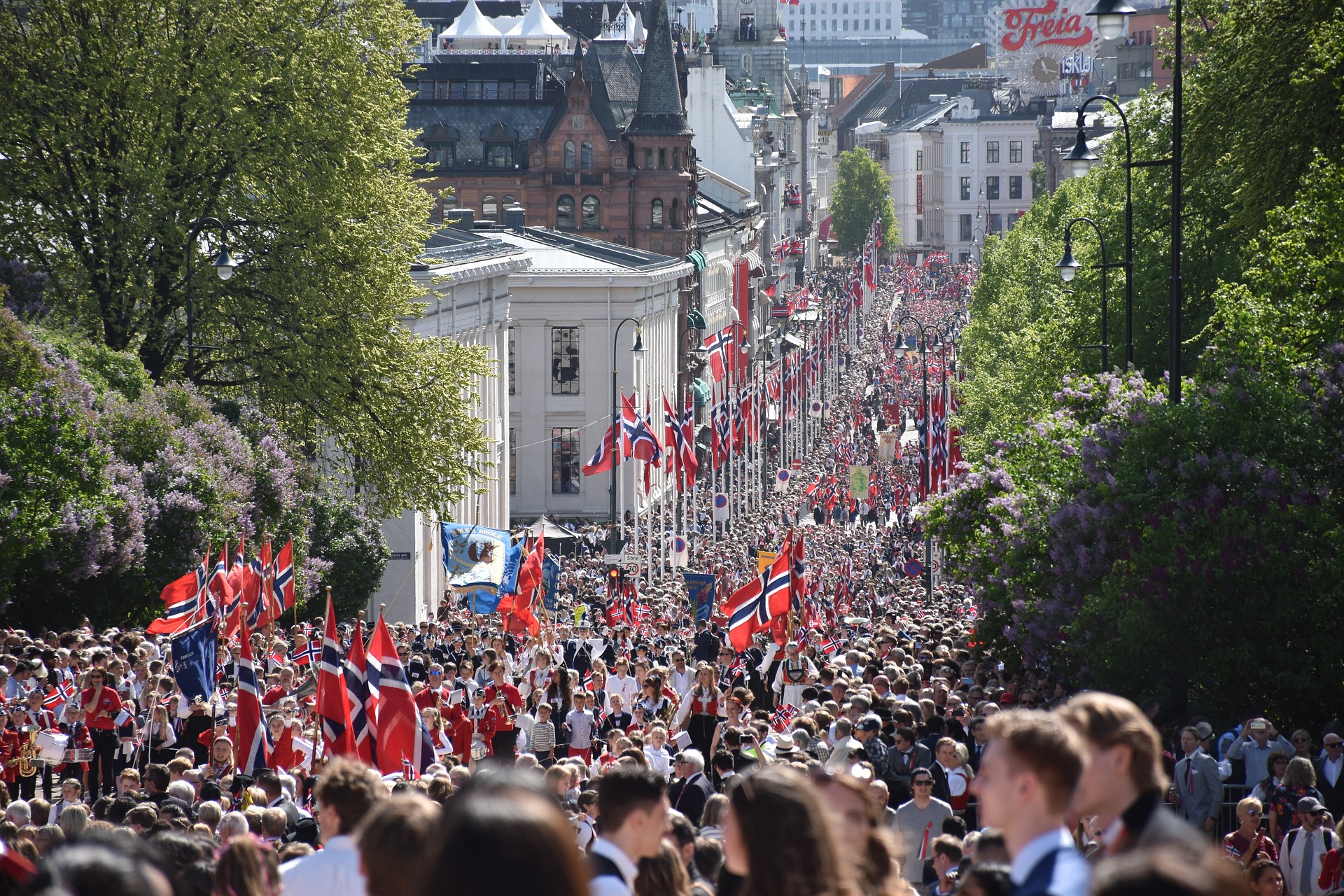
5. Know that hotels in Norway can be great value for money
… Especially if you book ahead!
I know, this sounds too good to be true given what you often hear about Norwegian prices, but all things considered, I found accommodation in Norway to be fairly priced, often presenting excellent value (considering how expensive some other things can be!)
In mid-June for instance, booking in advance got us this amazing modern two bedroom apartment with an epic view for about $200 USD a night which is really not bad at all considering a beer in a bar will easily set you back $12.
Most hotels will also include a free breakfast that’s fairly hearty and filling, so overall you can find some great deals! So, don’t dismiss ‘nicer’ accommodation right away just because of how pricey the country can be.
Need help? Check out my step by step process for finding the best accommodation wherever you go.

6. Prioritize accommodation with a kitchen (for longer trips)
As I’ll discuss more later, it’s VERY pricey to dine out all the time in Norway, and one of the best ways to cut costs is by booking somewhere with a kitchen so you can cook for yourself from time to time… so be sure to keep an eye out for that.

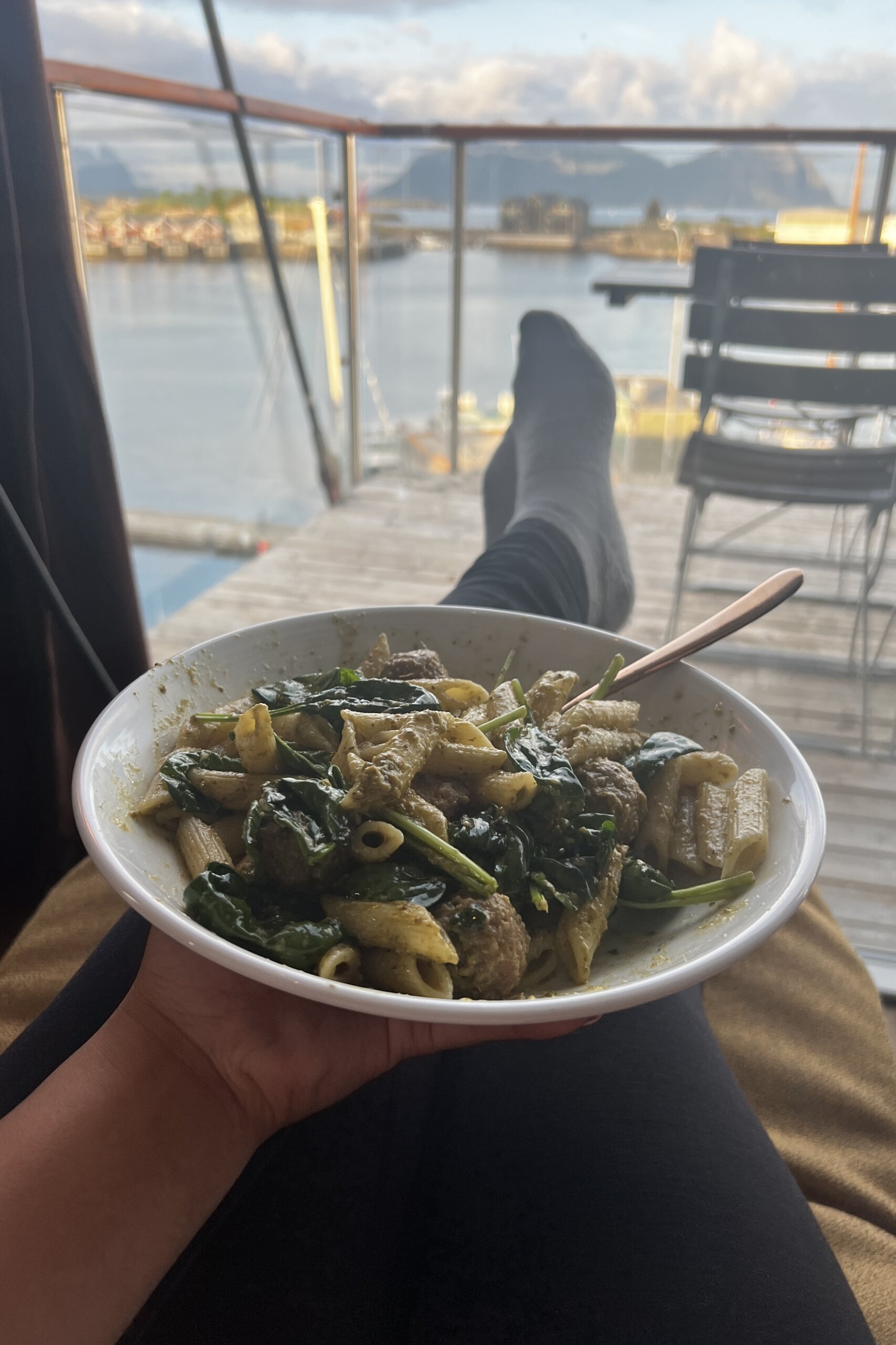
6. Beware that many hotels will not have AC
Depending on where you’re from, you might assume that air conditioning is a default in most hotels.
I warn you that this is not the case in Norway! Even in more modern properties. After all, there isn’t a need for AC most times of the year, so many hotels will instead be equipped with a ventilation system for hot summers and not have any of that ice cold air conditioning that many of us North Americans crave.
So, if air conditioning is important to you, do be sure to double check before you book that this is an actual amenity that the hotel offers.
WARNING: Do be mindful that in the summer, rooms can get very, very hot since the sun is up for so much of the day, so consider this when you’re deciding whether or not you need AC.
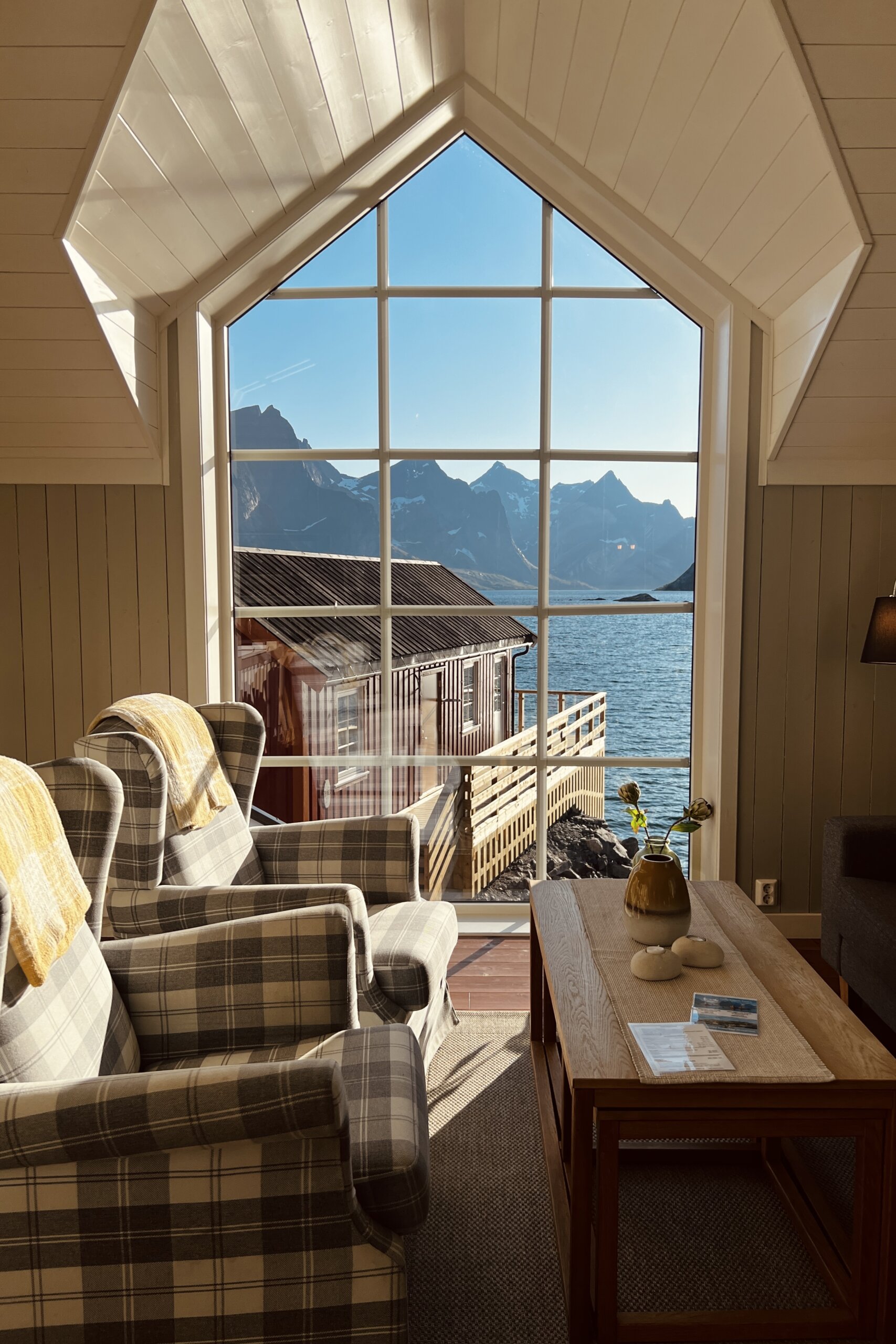
7. Get familiar with the most popular Nordic hotel chains
When searching for accommodation in Norway, another handy tip is that it might pay off to know the most popular chains and perhaps stay loyal to one if you’re planning a longer, multi-destination trip.
This is because many chains have free loyalty programs that reward you with special offers and deals if you stay with them. During my research, it seemed like many hotels in Norway (especially in larger cities) belonged to these chains, so if you book with the same chain every time, you can potentially unlock various perks and discounts throughout your trip.
… all the better if it’s a chain that is common in other destinations you frequent as well.
Here are some common chains in Norway and their perks…
- Scandic: Biggest chain in the Nordics; have a Friends program where you earn points to unlock discounts and perks like late check-out
- THON: THON+ Program with up to 12% discount + points to unlock further perks
- Radisson: Rewards program with exclusive members-only rates + points to unlock further perks
- Best Western: Rewards program where you can earn points and get free nights and other perks
- Strawberry (encompasses a few chains like Comfort Hotel and Clarion Hotel): Membership w/ members-only rates, free coffee at any hotel & other unique discounts and perks
In Bergen, Oslo and Kristiansand, there’s also a very budget-friendly chain called CityBox that I quite liked, which prides itself on central locations and nice design at an affordable price point. They have a Friends program too that gives you 10% off.
So, all in all, if you plan to stay at a chain, make sure to look into perks if you book directly or join their loyalty program.
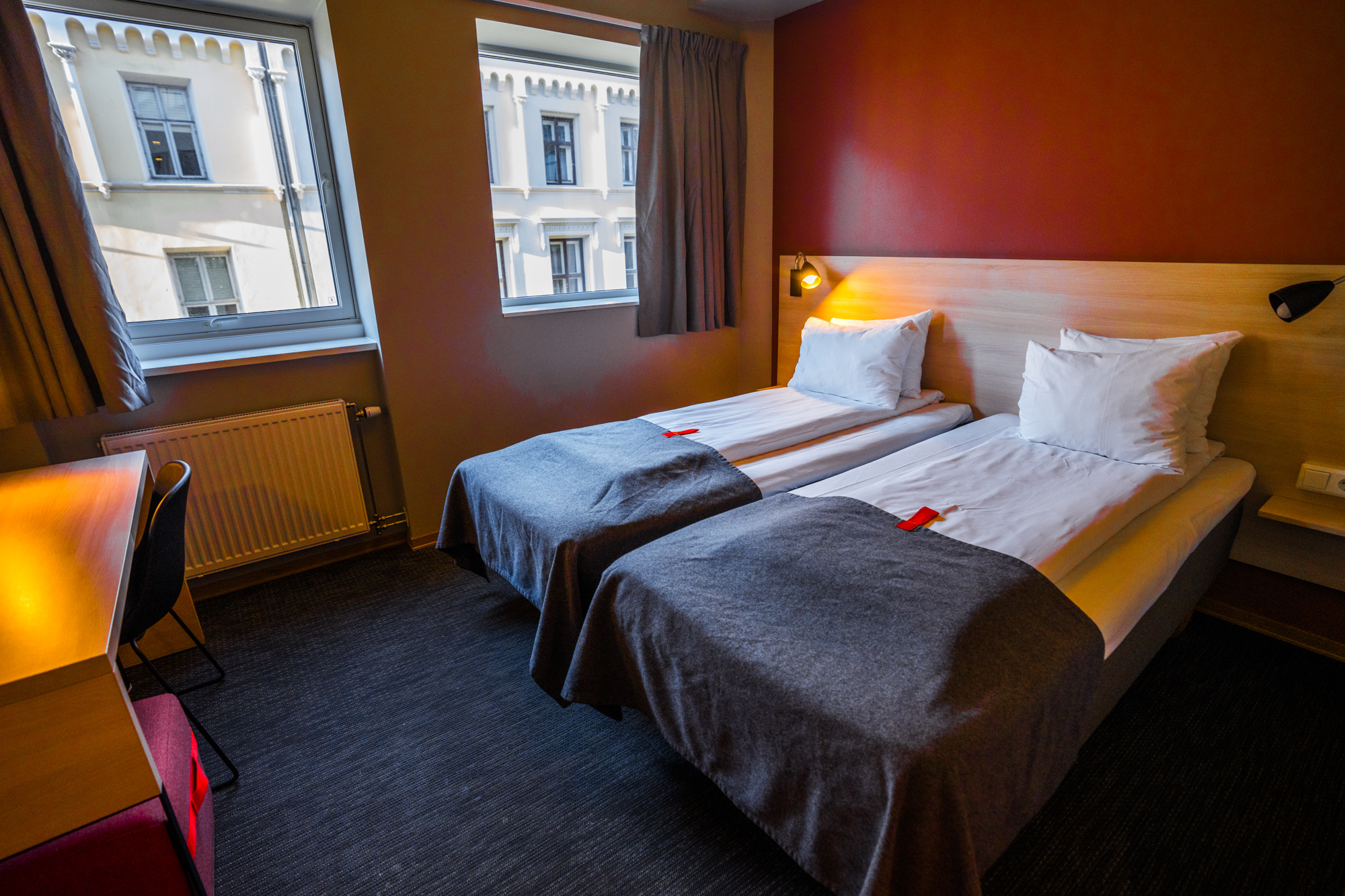
8. Consider camping for an affordable way to explore
All that said, while accommodation in Norway can be good value for money, if you’re especially on a budget, there may be options that are better suited to you… options such as camping!
Luckily, Norway is often considered one of the best places in the world to go camping, thanks to its beautiful nature, well-kept trails, plentiful campsites and of course the Norwegian “Allemannsretten” which means you can wild camp, subject to certain restrictions.
So, be sure to consider this option if you’re looking for something more budget-friendly. Those not wanting to lug equipment overseas can even rent equipment (like from here). or you could also look into renting a camper van, though this has more restrictions than just pitching a tent.
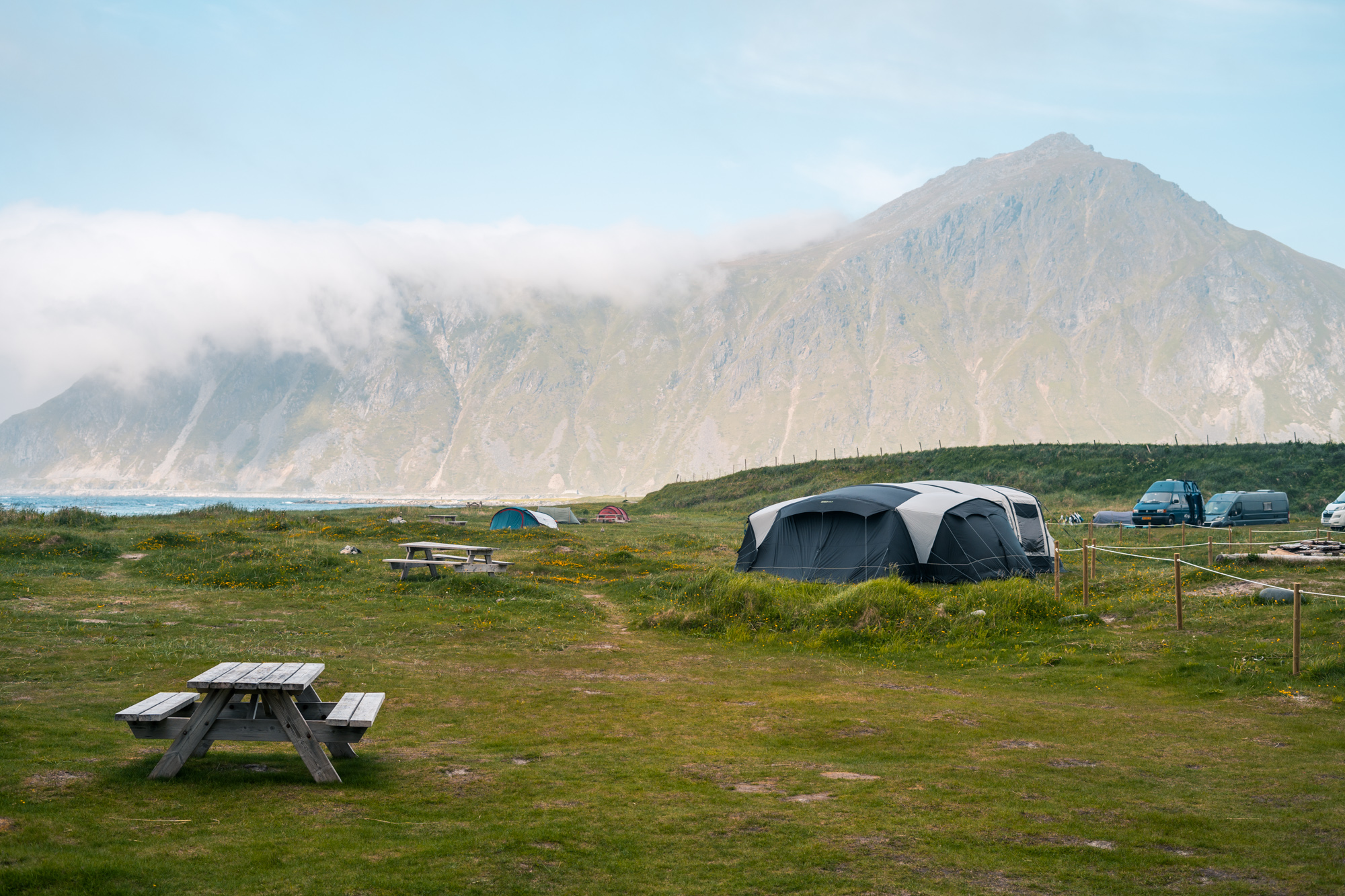
9. Beware of hotels in smaller cruise ports if you’re looking for a less touristy experience
And as a final note on accommodation, when you’re trying to decide where to base yourself in Norway, if you’re looking for a cozier and less commercialized experience, I’d say to avoid booking overnight at smaller cruise ports (unless you’re of course planning on embarking/disembarking a cruise).
I think something that pretty photos fail to capture is that unsurprisingly, smaller cruise port towns in Norway are often built around tourism, which means a lot of souvenir shops, touristy restaurants, and an overall more commercialized feeling than you might find elsewhere. This can of course have its perks, like convenient day trips and transport links, but if you want an experience that feels less commercialized and touristy, then I’d look into other options.
Many first time visitors to Flåm for instance are surprised to see it’s not an idyllic little village, but rather a fairly commercialized town. Same goes for Svolvaer, which I found was a good base but not quite the vibe I enjoyed elsewhere in Lofoten in Hamnøy for example.
This generalization of course doesn’t apply to bigger cities in Norway like Bergen and Oslo which may be busy cruise ports, but are large enough that they can handle being a cruise port and also offer other things. So, overall, just do your research and maybe consider hopping on Google Street View to take a look at the vibe of the area before you book.
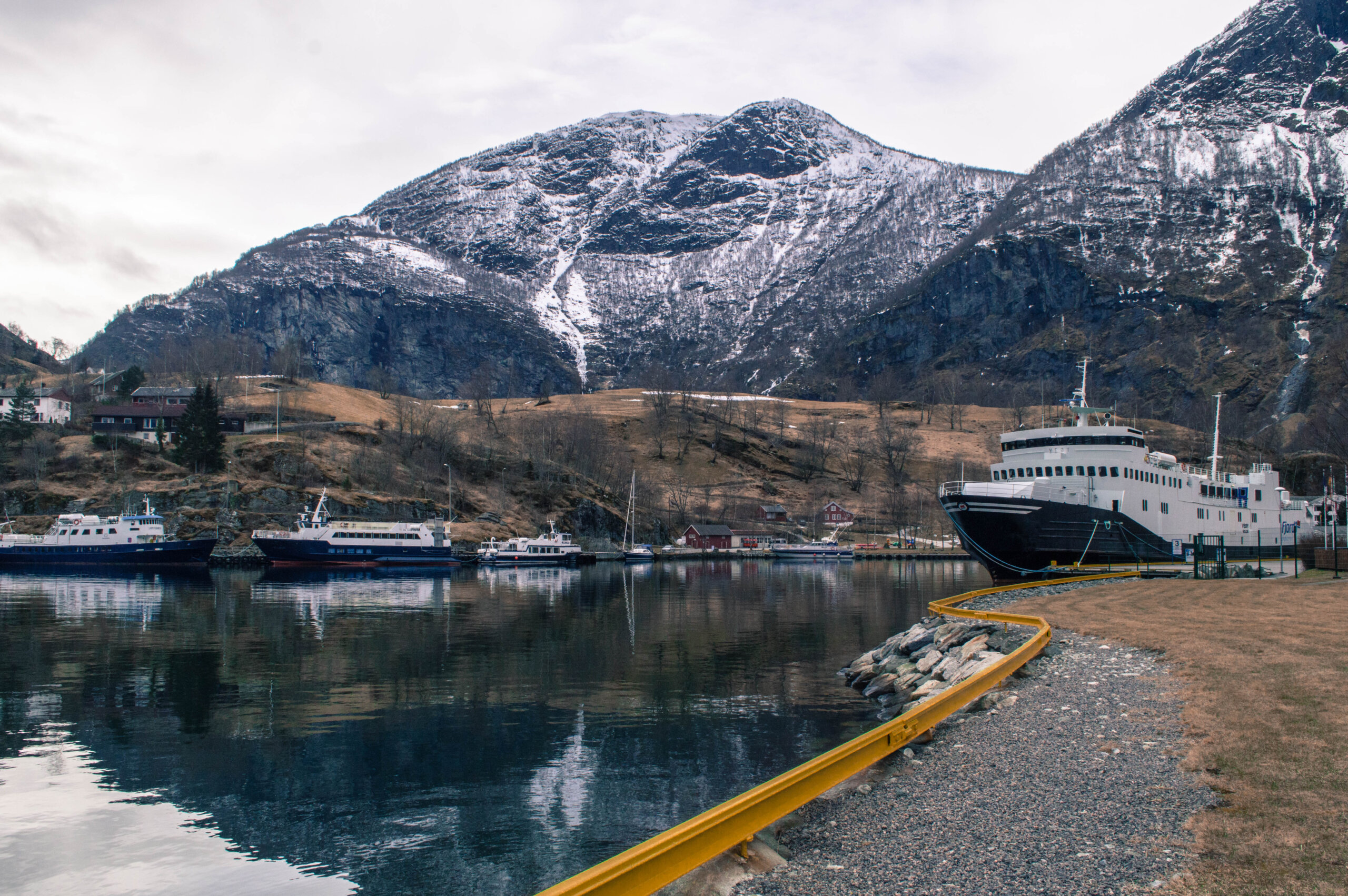
10. Beware: Norway is a largely cash-free country
Next is a very important Norway tip – before you convert a bunch of cash for your trip, do know that Norway is very much a card-based society, with cash payment options fairly limited, so make sure you have a good international debit/credit card, ideally something that minimizes fees. I’ve been using Wise for years and have no complaints.
The only time I encountered cash-only situations were in super rural parking lots based on an honesty system, so it’s safe to say you’ll be fine relying mainly on card payments.
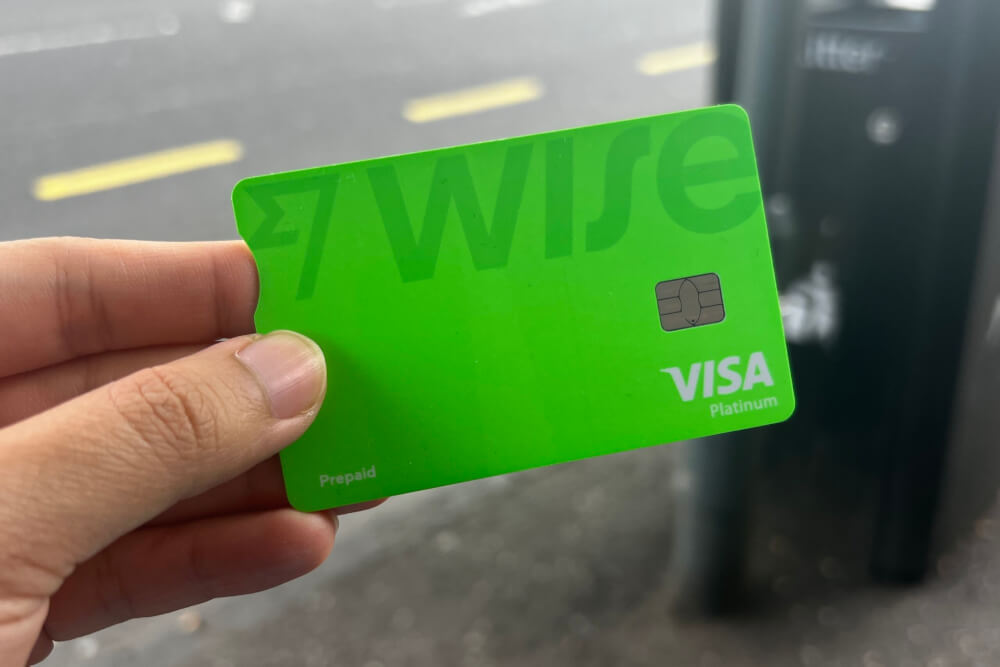
NOTE: Another common payment option in Norway is something called Vipps, but beware that this is a Norwegian-only payment system and you can’t make an account without a national ID number, so steer clear of places that only accept Vipps. We encountered this at a few parking lots.
11. Public transport is excellent in Norway
Generally speaking, Norway is very well connected by a network of buses, trains, and ferries. If you are okay not going super off the beaten path, then these can easily be used to get around.
The best website to search different transport links is Entur, which will show you options from across Norway’s many transport operators including train operators like Vy and SJ Nord. You can also book through them as well.
I’m a huge fan of train travel in Norway – with options being very clean, scenic and fairly affordable if you book far enough in advance. As pricing is dynamic, the key to getting a good deal is simply booking as far ahead as possible.
I actually did the longest train ride in Norway – the overnight train from Bødo to Trondheim, followed by the Dovre Railway between Trondheim and Oslo, and really enjoyed both journeys.
Local buses are also pretty great, even in more remote areas! Sure, planning around schedules can be a bit more of a hassle than just driving yourself, but buses are reliable and clean, so definitely a good option for those who don’t want to rent a car.
NOTE: Beware that Norway is fairly spread apart, so taking public transport across long distances is probably best suited to those who have time to spare.
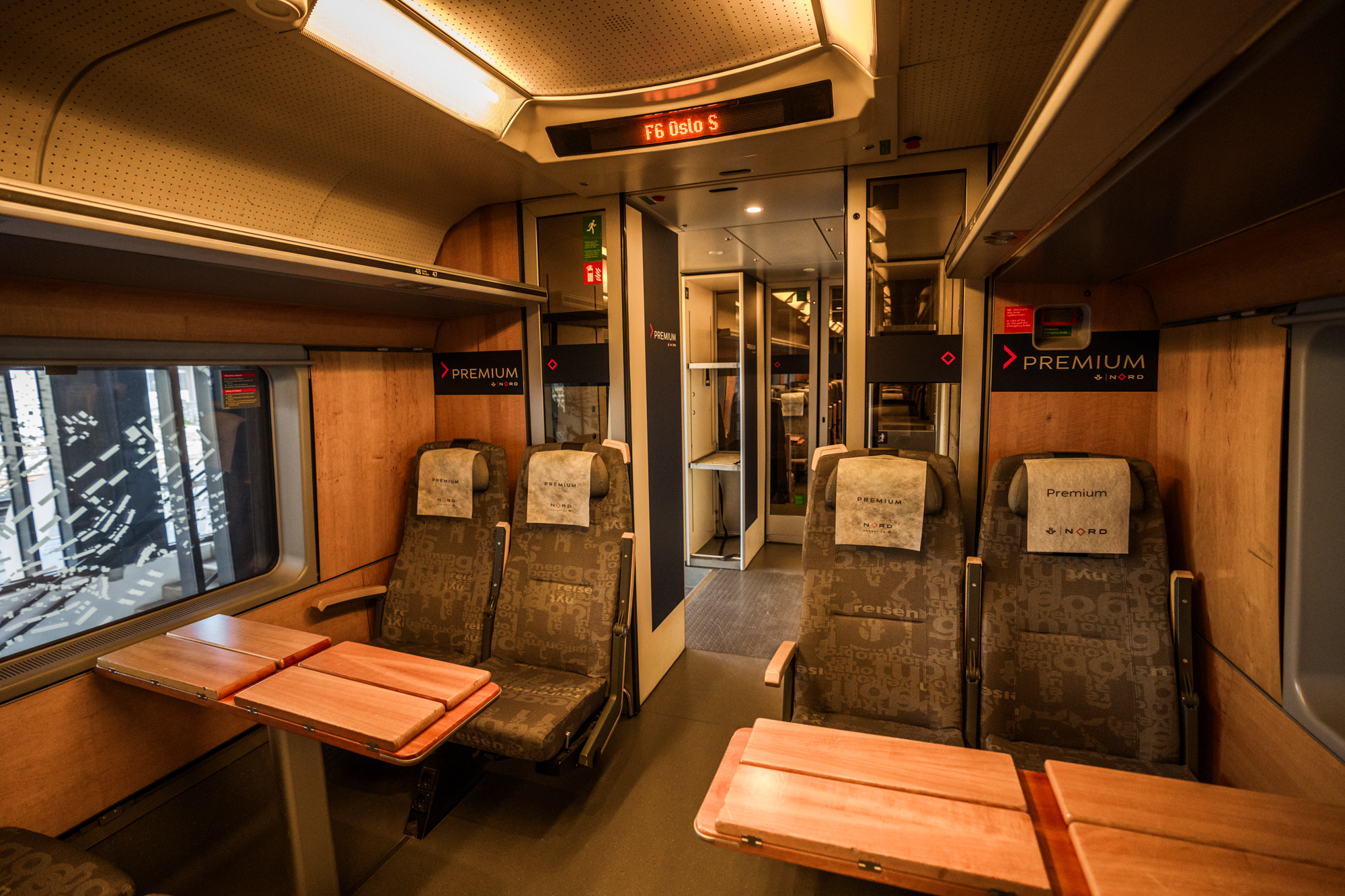
12. Note that flying between cities is the quickest option
With over 50 airports in the country, Norway is actually the country with the most flights per capita in Europe, with reasonably priced domestic airlines like SAS, Norwegian and Widerøe.
So, again, if you are covering vast distances, do consider flying between them if time is a priority for you.
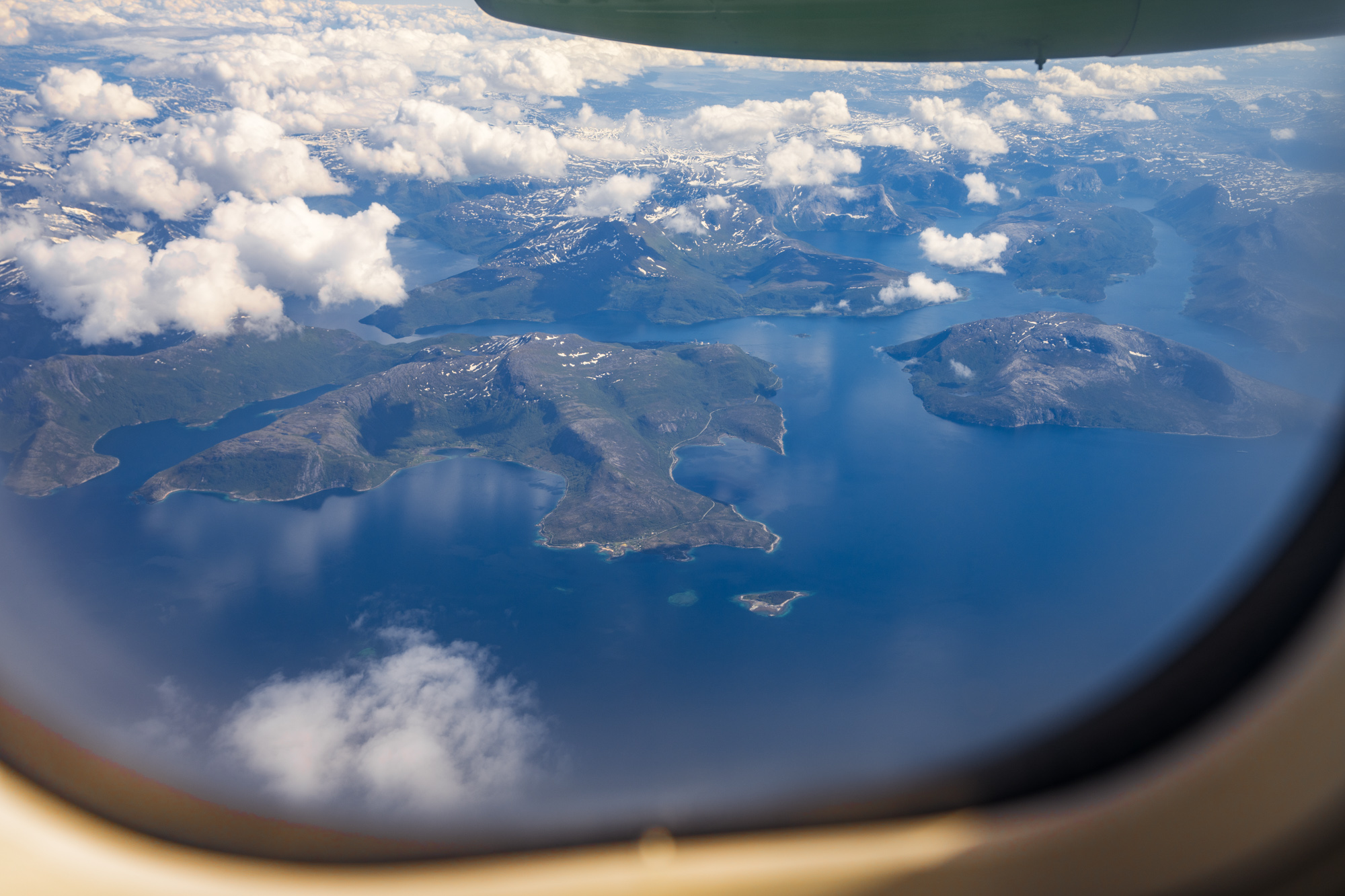
13. Driving is ideal in more remote areas
All that said, if your goal is to do a nature-oriented trip where you have the flexibility to go wherever you want, nothing beats having a car…. though beware this will definitely cost you!
I usually use DiscoverCars to find the best deal and booked in advance, we paid about 8000 NOK total for our week in Lofoten.
I don’t regret it one bit given the views and flexibility we got, but do beware that it’s not the cheapest option by any means.
BONUS TIP: Gas is pricey so consider getting an electric car, but research the area you’re visiting first because charging ports can be harder to find in remote areas.

14. Download EasyPark for parking
A quick Norway tip if you’re driving: make sure you download EasyPark.
This app is amazing and allows you to adjust parking from wherever you are, so you can add more time remotely on your phone. Sure you have to pay a small service fee but the convenience and ease of mind for me is more than worth it!
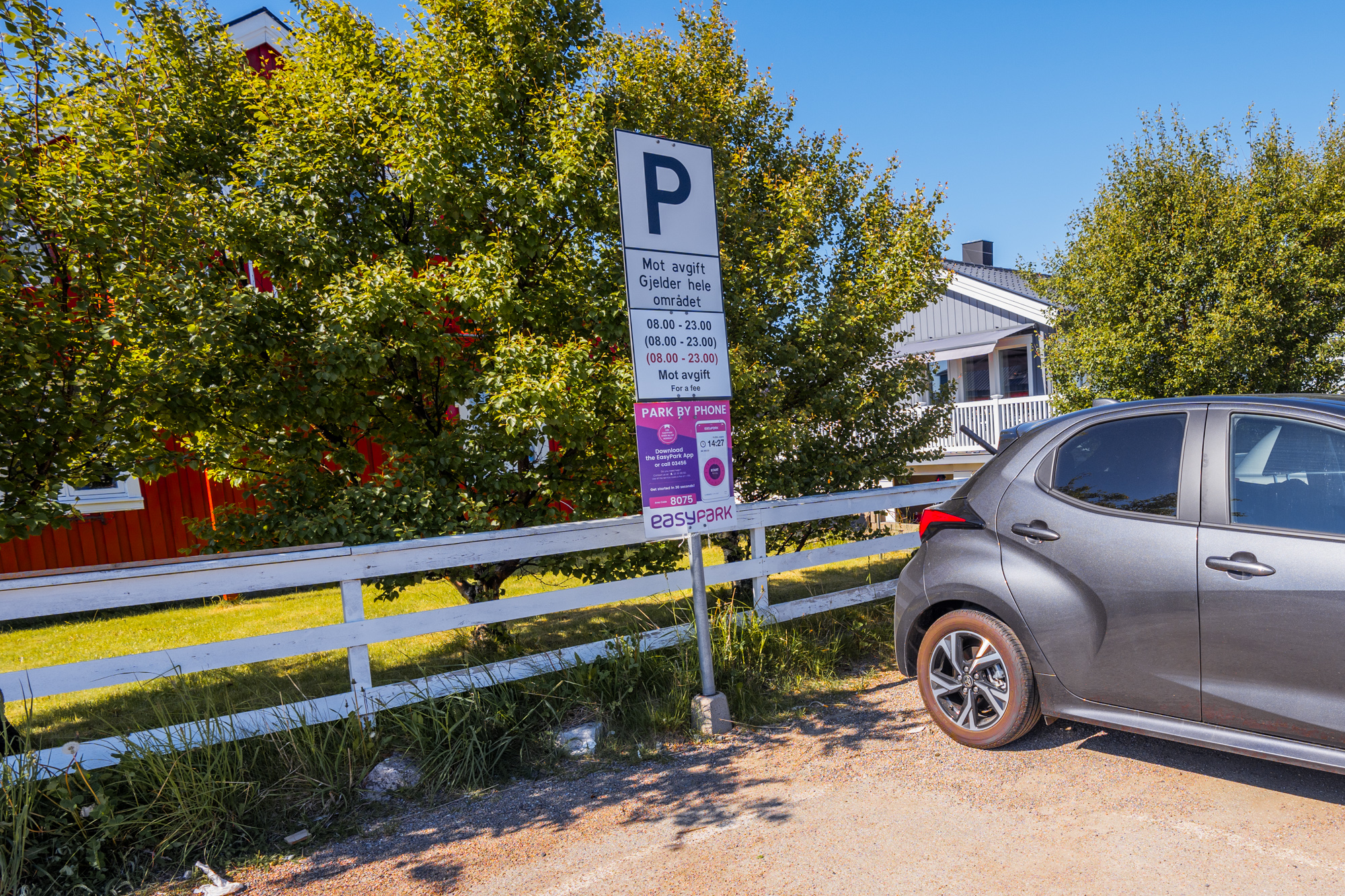
All that said…
15. Beware of ‘made for tourist’ transport options
Bridging rental cars and public transport are made-for-tourist options like the Arctic Route in Lofoten, which cost a lot more than regular public transport but specifically serve places of touristic interest, often in a more comfortable setting than regular buses or trains.
Now, while I do think there’s certain perks to this kind of middle-ground, overall the price of these can be incredibly steep. Crunching the numbers with the Arctic Route Bus for instance, we found that renting a car between two people was actually cheaper!
So, just know that these options exist, but make sure to do the math before committing, and know that there will usually be a ‘normal’ public transport option that services the same routes for a fraction of the cost.

16. Know that taxis in Norway can be atrociously expensive
… So, always double check rates before assuming “it cant be that bad”.
For instance, our airport hotel by Narvik Harstad Airport was so close, we could see it from the airport entrance and the official taxi rate was 500 NOK, or just under $50 USD… for a 3 min drive. We ended up walking, at the behest of the taxi driver himself.
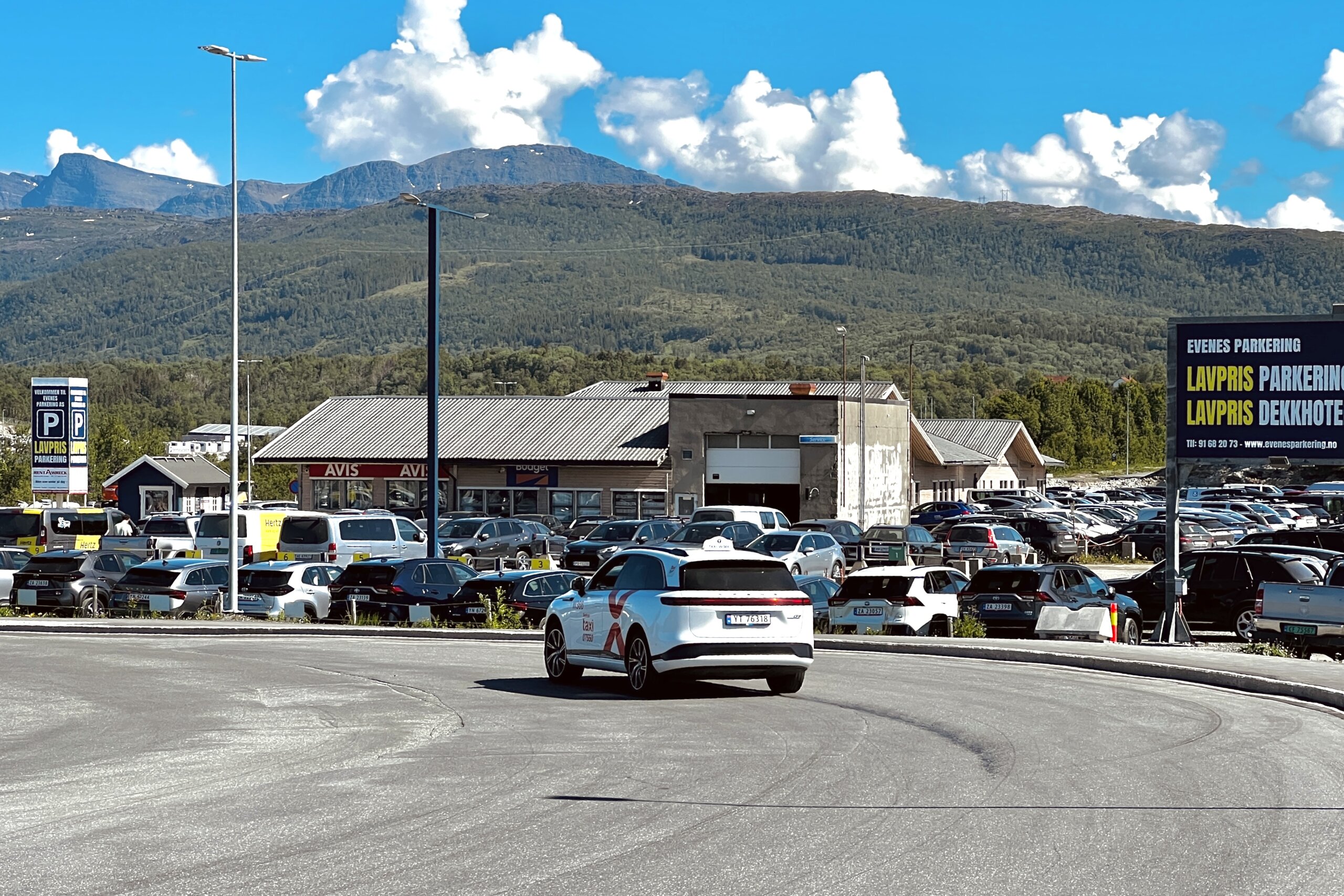
17. Most Norwegians speak amazing English
Especially those that work anywhere in the hospitality or tourism space, so don’t worry too much about learning Norwegian in advance of your trip!
At Oslo Airport for instance, I almost feel like I saw more English than Norwegian.
If you do try to learn some Norwegian in advance of your trip though, beware that there are different dialects and accents depending on where you’re going, so try to learn more for wherever you’re going.
Some general basics to memorize though include…
- Hej: (pronounced hi), which means… hi
- Tak: (pronounced tahck) which means thank you
NOTE: While most Norwegians do speak great English, not all signs and menus will be available in English, so do remember to download a translation app. I like to use Google Translate and tend to download it for offline use so I’m not reliant on Internet to use it.
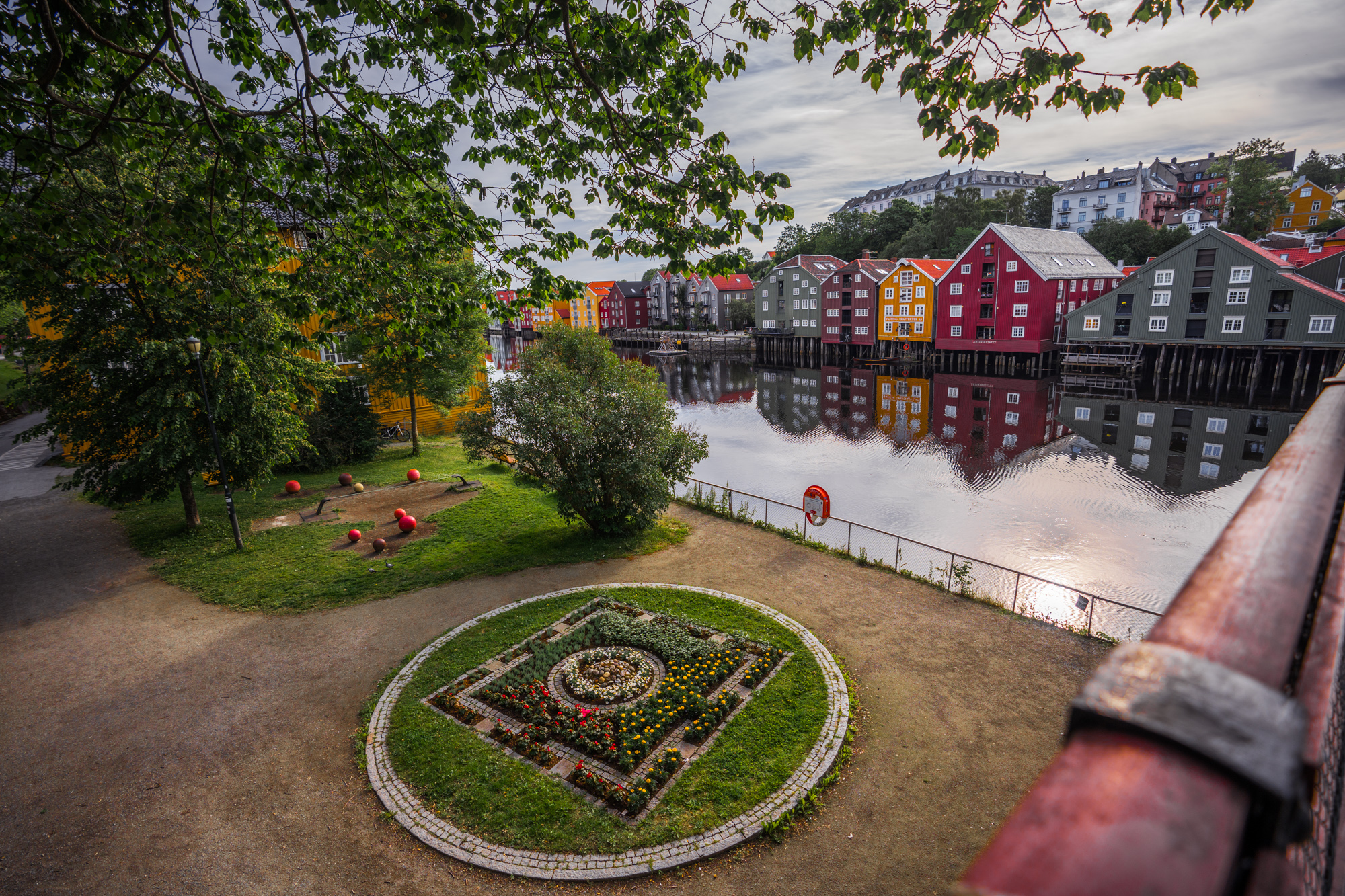
18. Tipping is not expected in Norway
Here’s some good news for your wallet: servers are indeed paid a living wage in Norway, so tips are more just a bonus for exceptional service. In these cases, the most typical thing is to round up as a thank you, usually no more than 5-10%. In any case, it’s not expected to the same extent as places in North America.
Truth be told, the only time I witnessed any tipping culture was at nicer sit-down restaurants and more upscale places geared towards tourists like hotel bars, so definitely not expected at all in more casual places like cafes.
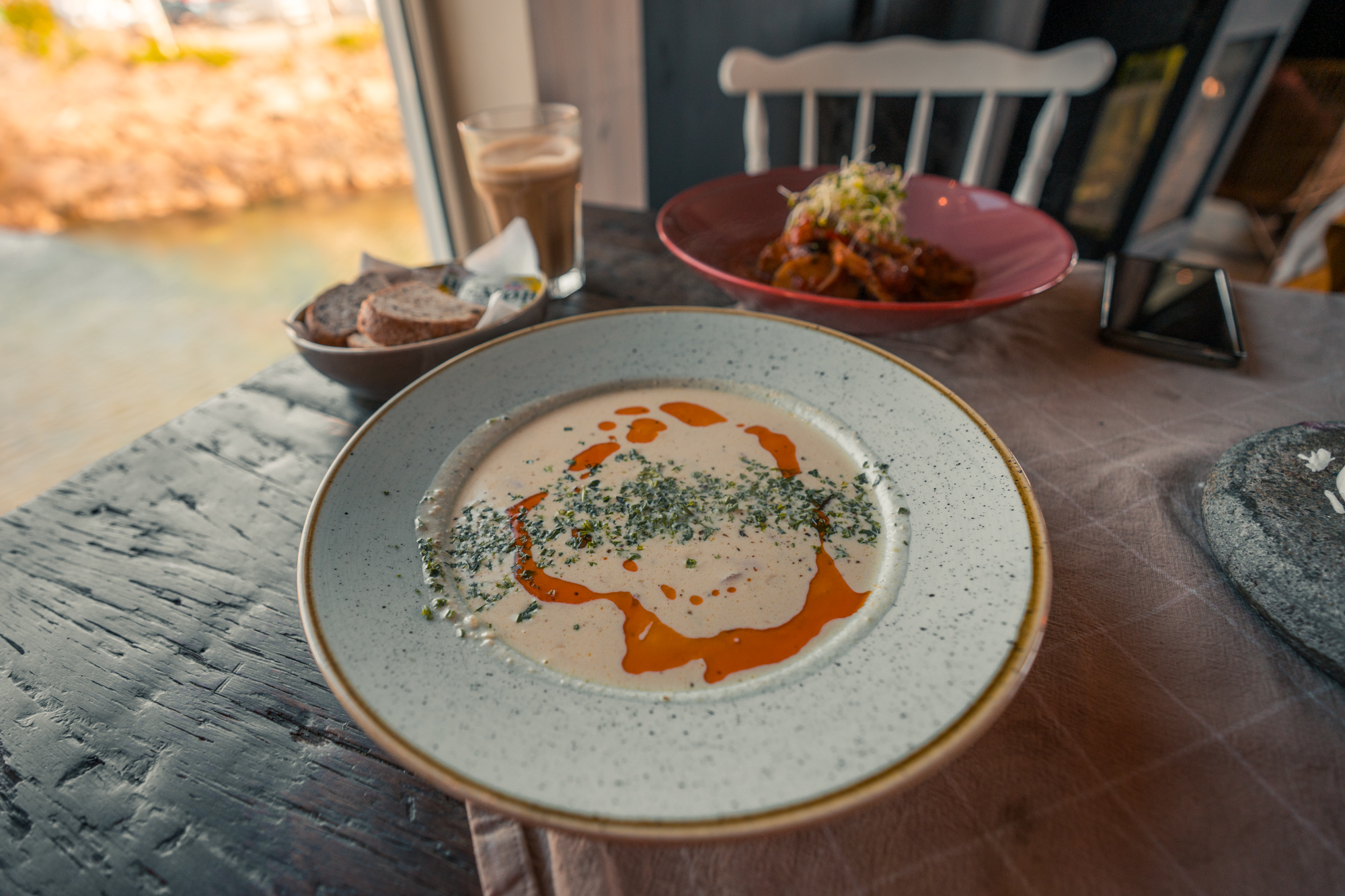
19. But when you do tip, tips are mainly cash-free
Now, if you DO end up tipping, do know that because Norway is predominantly cashless, tips aren’t typically left in cash.
Instead, when paying by card, on the machine, you are usually given the option to enter the total amount you want to pay INCLUDING tip, so get ready for some quick math. A few times, I did encounter a button you can press with different percentages that then do the math for you, but more commonly it was the DIY method, so have a rough idea of how much you want to tip before they hand you the machine.
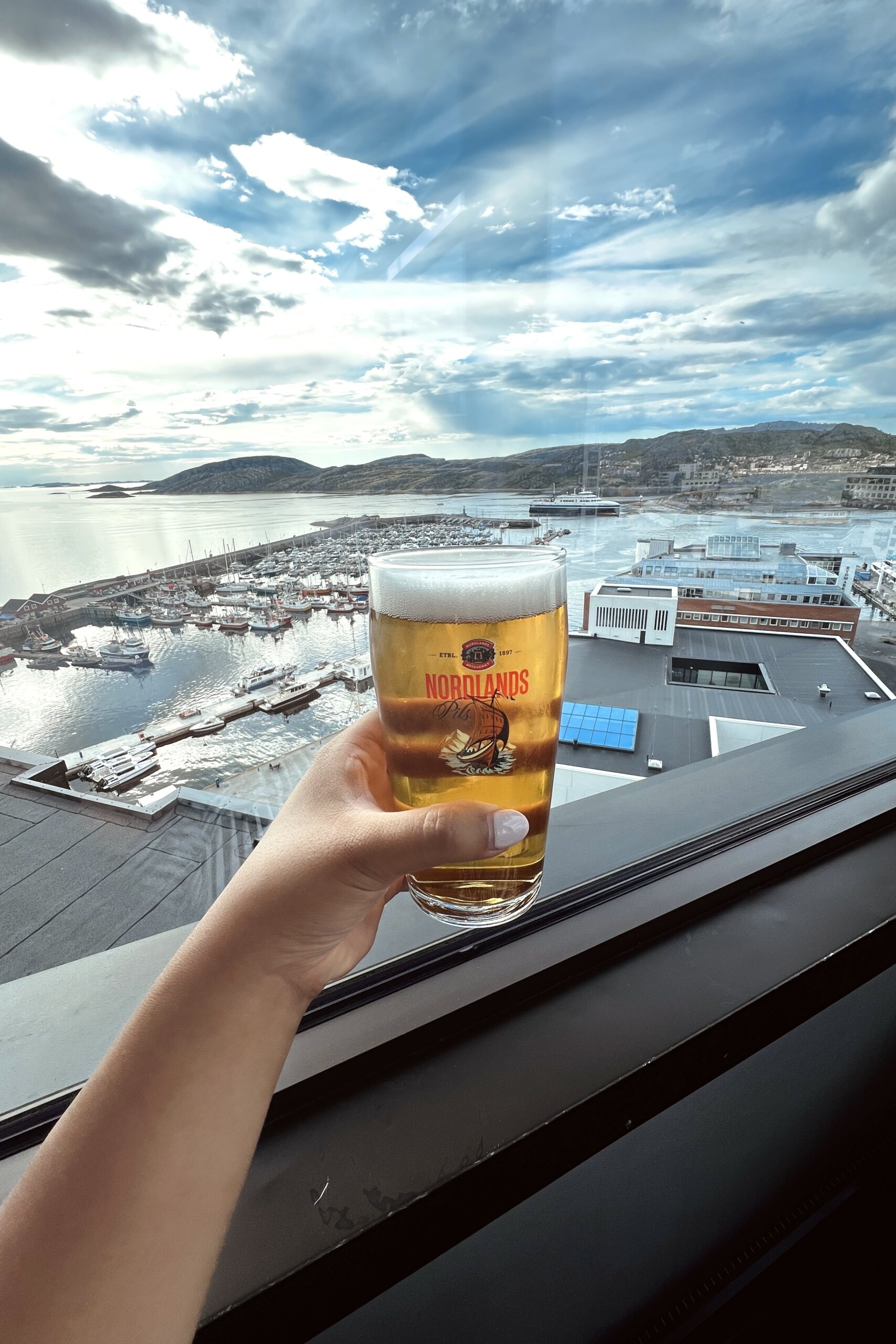
20. Learn some general etiquette before you go
The following might seem like common sense, but may not be depending on where you’re from, so let’s make one thing clear in terms of etiquette: when in Norway, be sure to obey the demure social code of the country, namely…
- Obey queues
- Keep your distance
- And don’t speak too loudly when out in public
While I personally find Norwegians to be really friendly once you actually engage them in a conversation, there’s a time and place for it. Usually, when you’re just out in public, the norm is to keep to yourself, not make small talk with strangers or stand/sit too close to them.
The one major exception here though is on hiking trails, I noticed it’s always polite to throw anyone you pass by a quick “Hej!”.
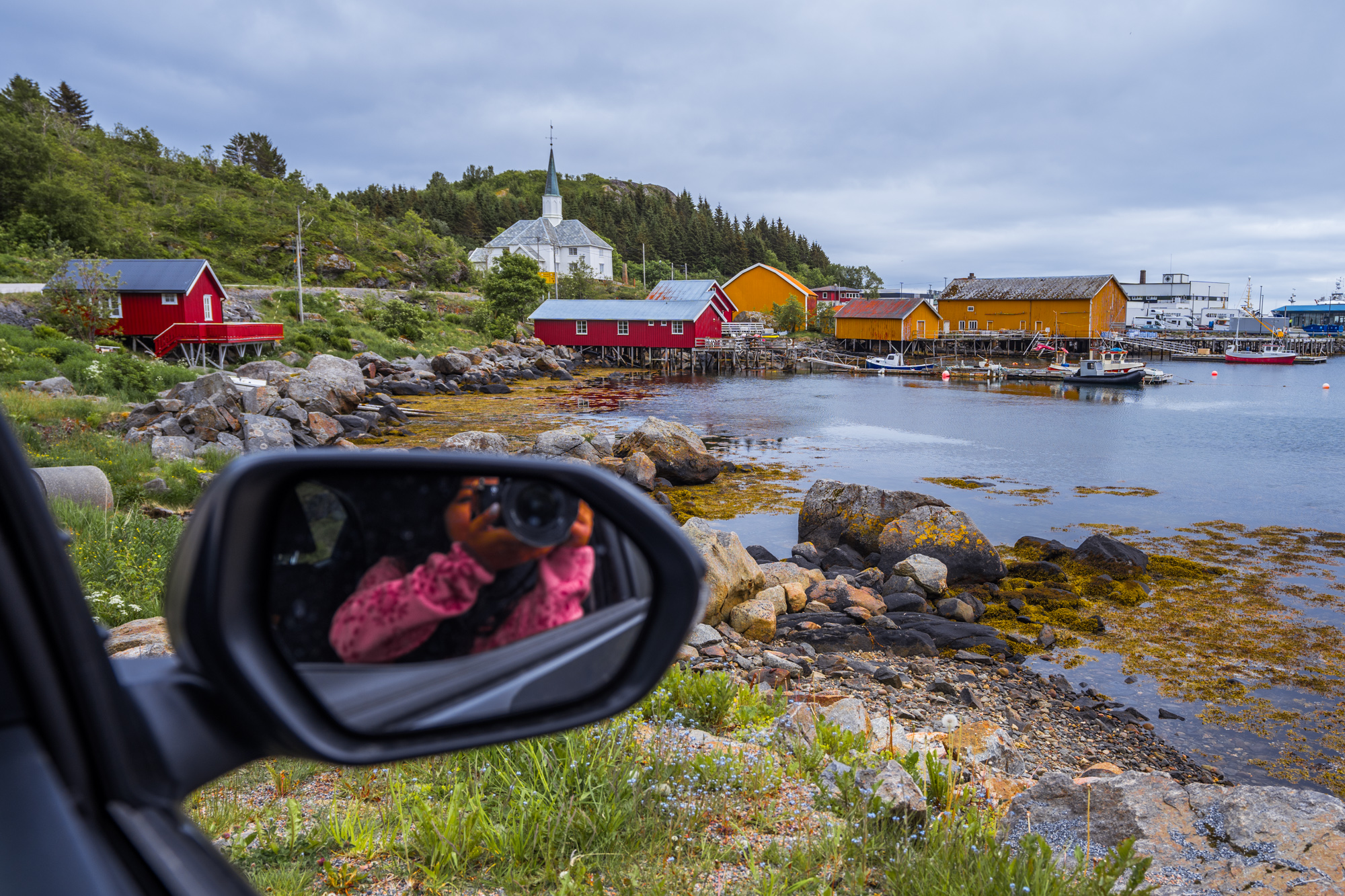
21. Pick up after yourself (and be mindful of disrupting nature)
Another somewhat common-sensical thing that is worth repeating: please leave nature (and anywhere) as you found it!
Norwegians generally seem to be accepting of tourists, but the one overarching complaint is when they leave a mess, especially out in the country’s pristine nature. So, remember to always clean up after yourself, pick up your trash, and keep to trails.
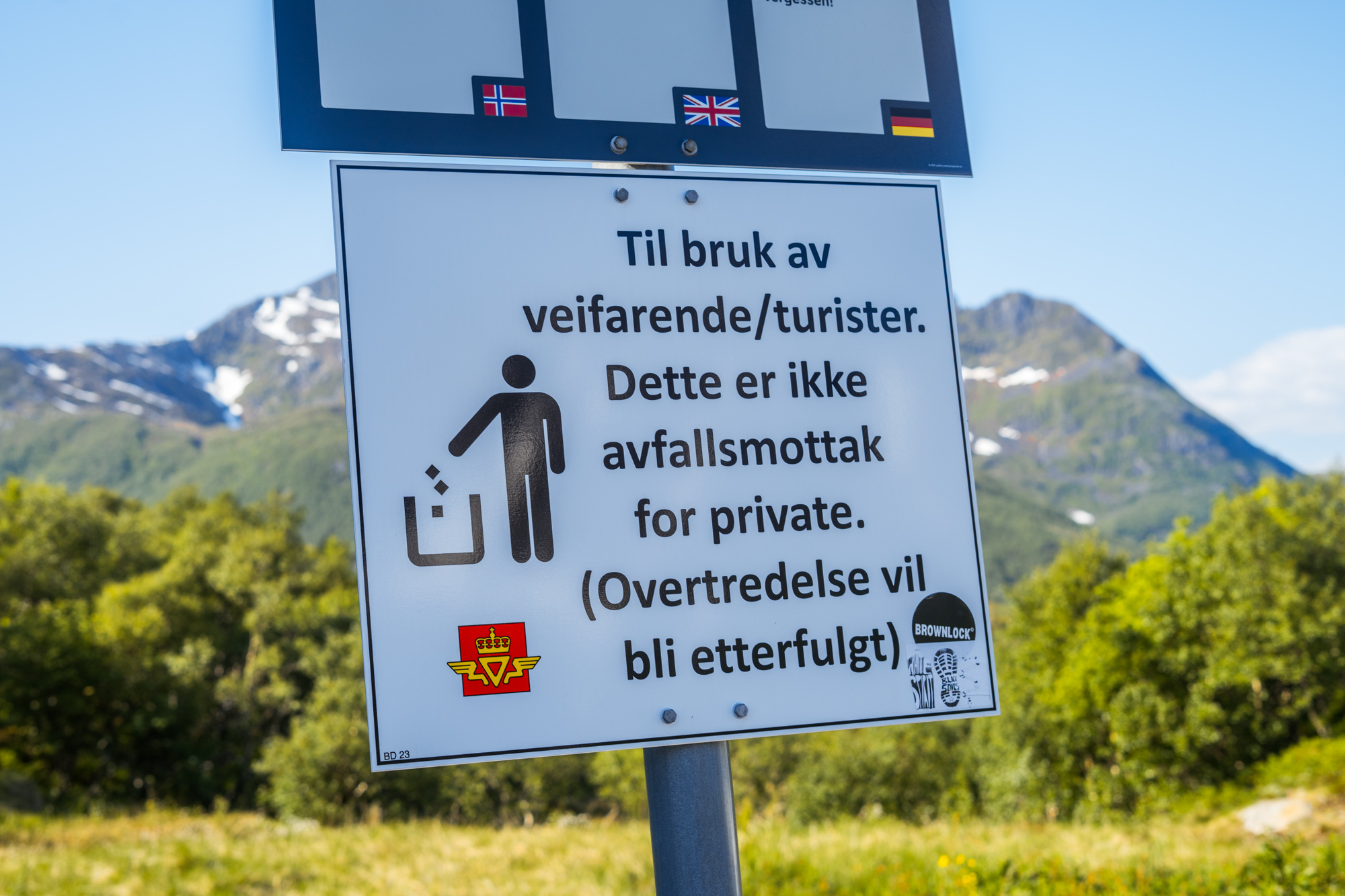
22. Norwegian tap water is amazing
Now moving onto food and drink tips for Norway, first off, do know that water in Norway is delicious straight from the tap, so there’s definitely no need to buy bottled (still) water when you’re in Norway. Pack a water bottle to take full advantage!
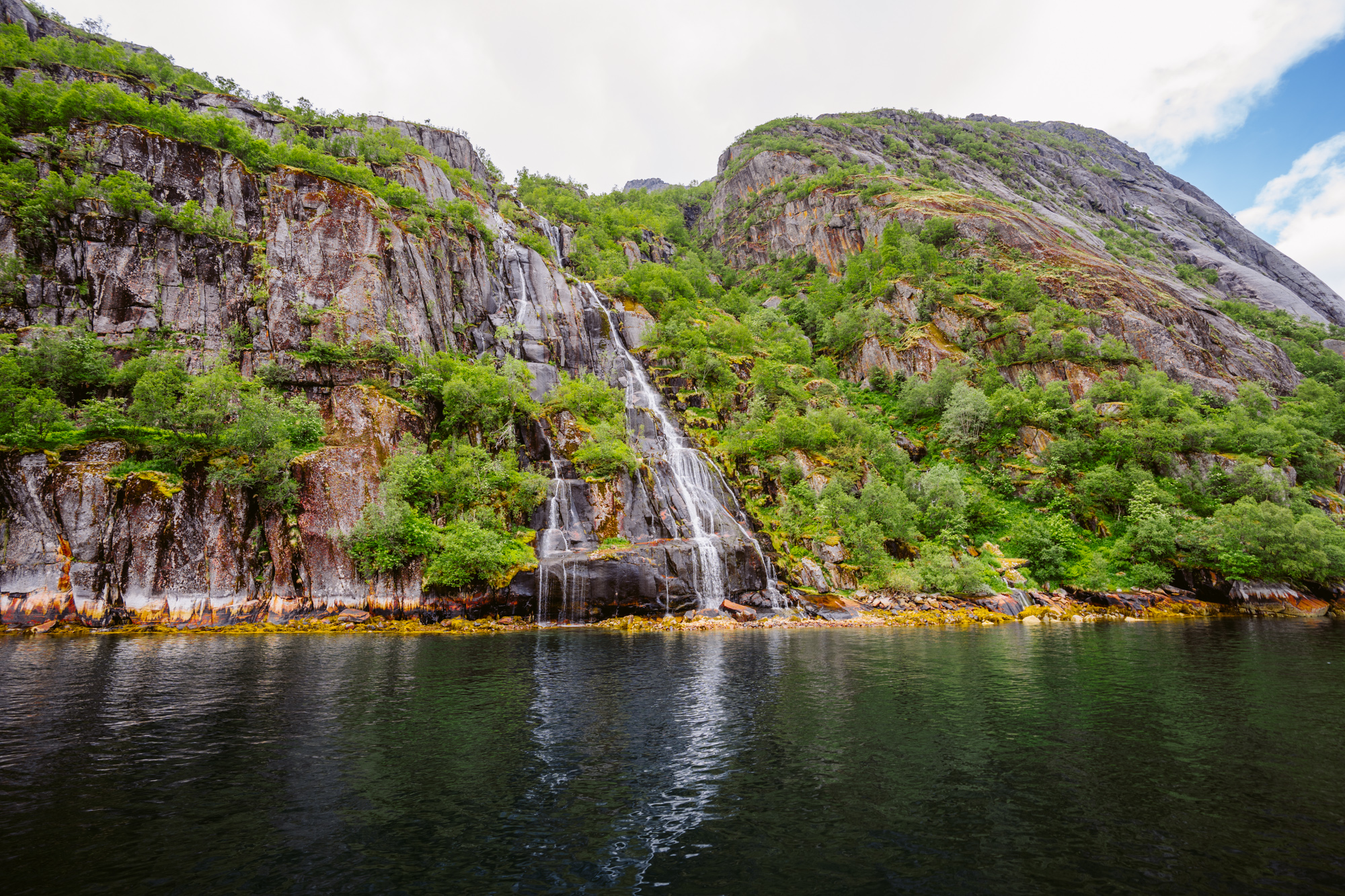
23. Dining out is expensive in Norway, so get groceries
When people say that Norway is expensive, I think where this is most true is when it comes to dining out.
The culture of dining out in Norway is quite different from North America – going out to eat is a much rarer occasion, often limited to once a week or less… and once you see the average prices, you may quickly understand why.
Based on my experience, I found that main courses in Norway typically ranged from 250 NOK to 450 NOK. This can add up over the course of a trip, so getting groceries, even just for lunches, can help a lot!
If you’re especially on a budget, I can recommend shopping at more low cost supermarkets like REMA 1000, my personal favourite, but other popular ones are Kiwi and Coop Extra.
In a pinch, gas stations often do have basics as well, but you can usually expect prices to be 1.5 times or 2x more than at a budget supermarket… though still cheaper than dining out. I’d recommend this option maybe for Sundays when conventional supermarkets aren’t often open.
Some local brands of random things I liked include:..
- Isklar water, Norwegian glacier water – the flavoured sparkling ones are so good. I wouldn’t buy the still ones since tap water is free!
- Freia Chocolate (the hazelnut milk chocolate is my favourite)
- Grandiosa frozen pizza, which I’ve heard is a common household staple
- Smash, the perfect salty/sweet snack – basically bugles covered in chocolate
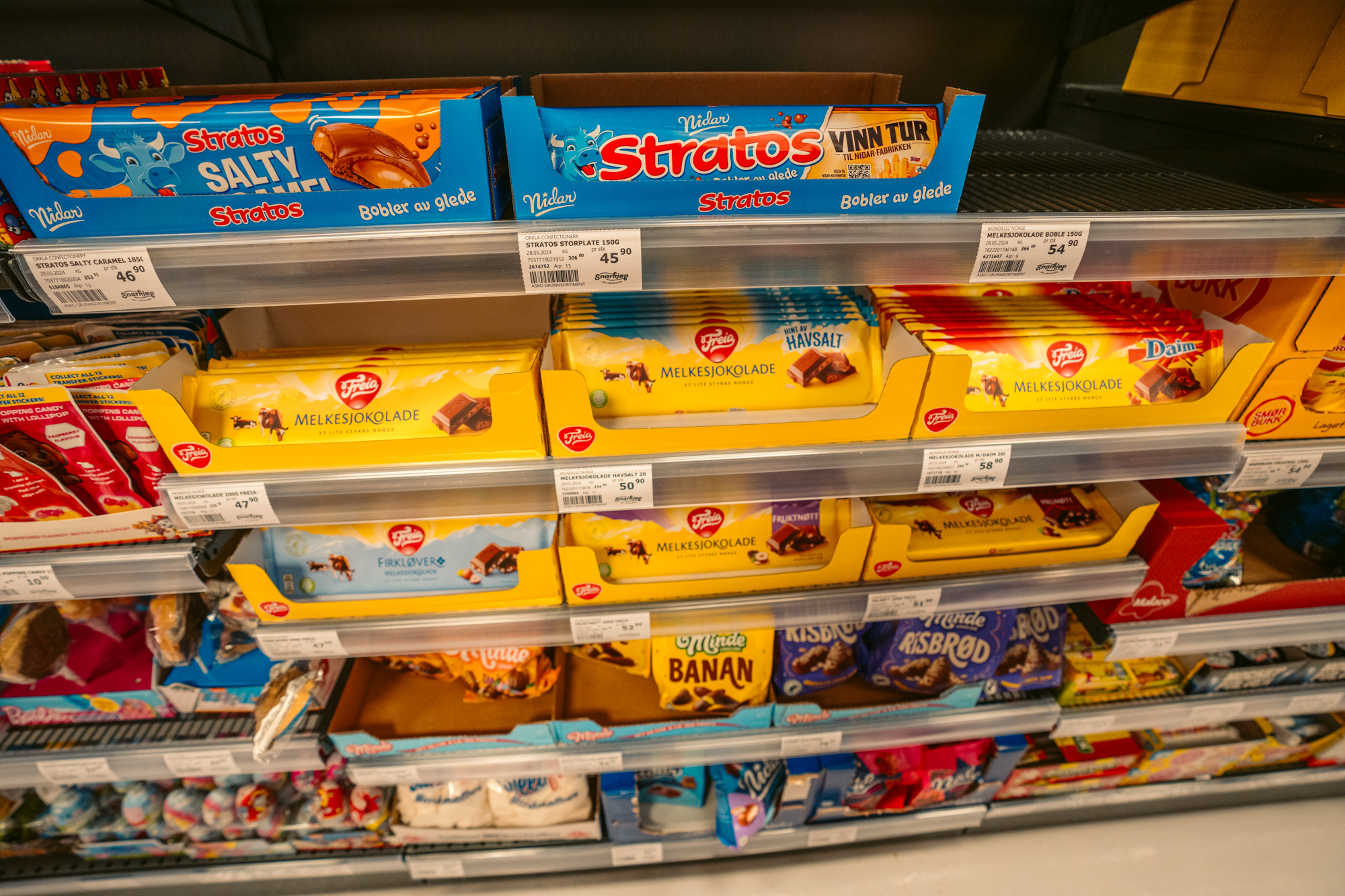
Do note that often supermarkets will have a section where they mark items down for extra cheap as well, typically items that are on the brink of expiring, which is fine if you’re intending them for immediate consumption.
And, the brand First Price is a very affordable option to look out for in many of Norway’s major supermarkets:

24. Be sure to try traditional Norwegian dishes
All that said, if you are able to splurge a little, do try to have a few meals out!
Though I didn’t have too many sit-down meals, each one I had was honestly so good – ultra fresh, delicious, and overall super high quality. This of course would depend on the establishment so make sure you’re always checking reviews.
If you’re prioritizing where exactly to splurge, I can definitely recommend trying out some local cuisine.
Some of the most popular dishes include…
- Finnbiff, a reindeer stew
- Kjøtt kaker i brun saus, meatballs in brown sauce
- Bacalao, a tomato-based stew made with salted cod (so good!)
- Brunost, brown cheese, I had this with a waffle and it was honestly SO tasty
- (Norweigan Style) heart shaped waffles – actually not a breakfast food and more of a sweet treat you can enjoy any time
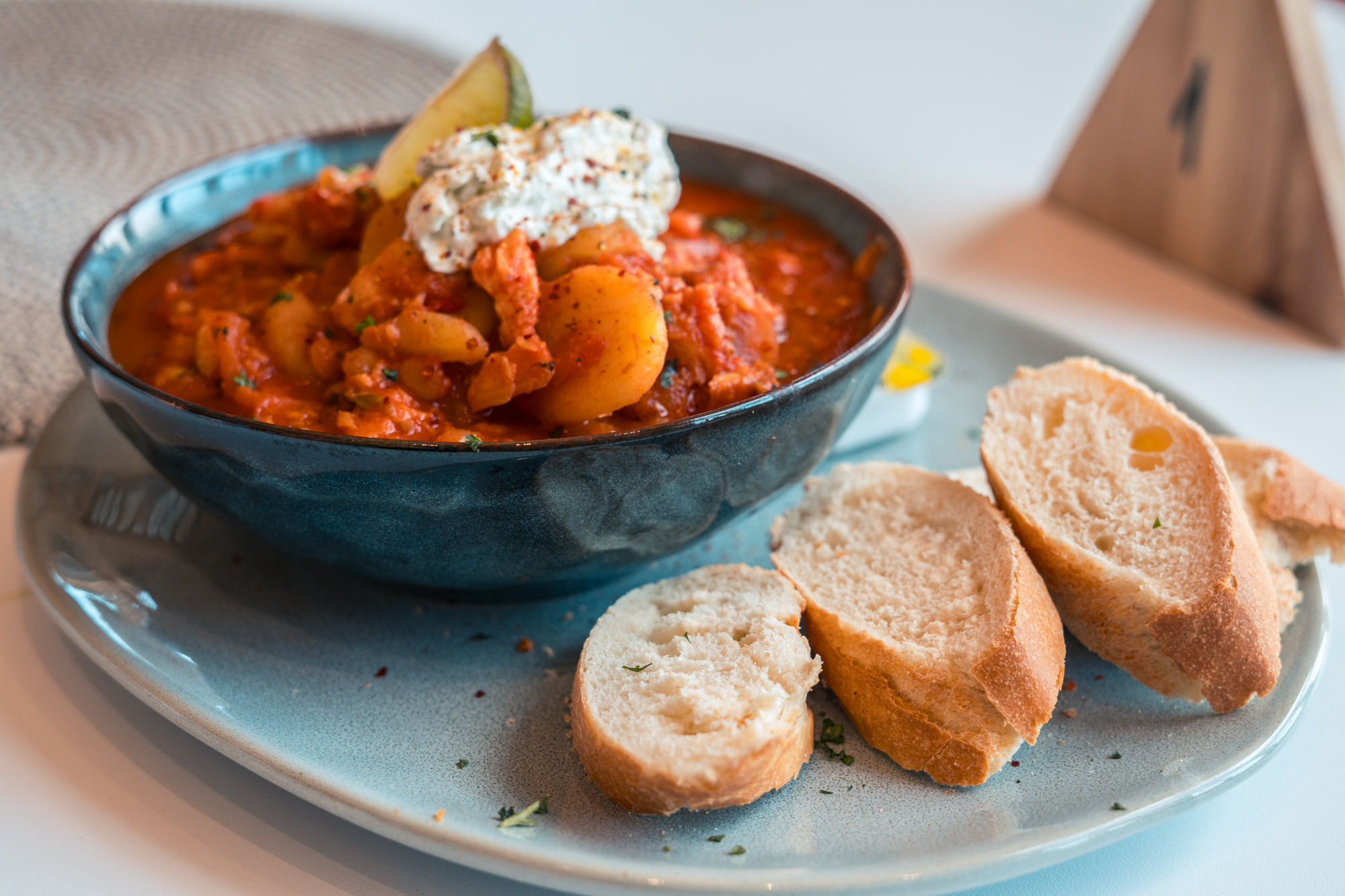
25. Try tons of Norwegian pastries as well
Okay, most people already know that cinnamon buns are a big thing in Norway, but there’s so much more than just that!
Norwegian cafes and bakeries are a wonderful place to snoop around, so be sure to stop in as many as you can afford and grab what looks good and calls to you. I can definitely recommend trying all kinds of bun (chocolate and cardamom are both great) and the national cake Kvæfjordkake is pretty amazing as well.

26. Beware that casual food/drink spots are often bar/self-service
If you’re used to always having table service when you go out to eat, do beware that when you’re dining out in Norway, some casual places may rely on bar or self-service.
With bar service, this means that no server comes to your table to take your order – you order at the bar and then they bring it over to you after.
And with self-service, you grab the things you want yourself and then pay (this system was in place on board some of the ferries for instance).
So if you are sitting at a table for a while and no server has come, look around for a sign that might indicate a different type of service system.
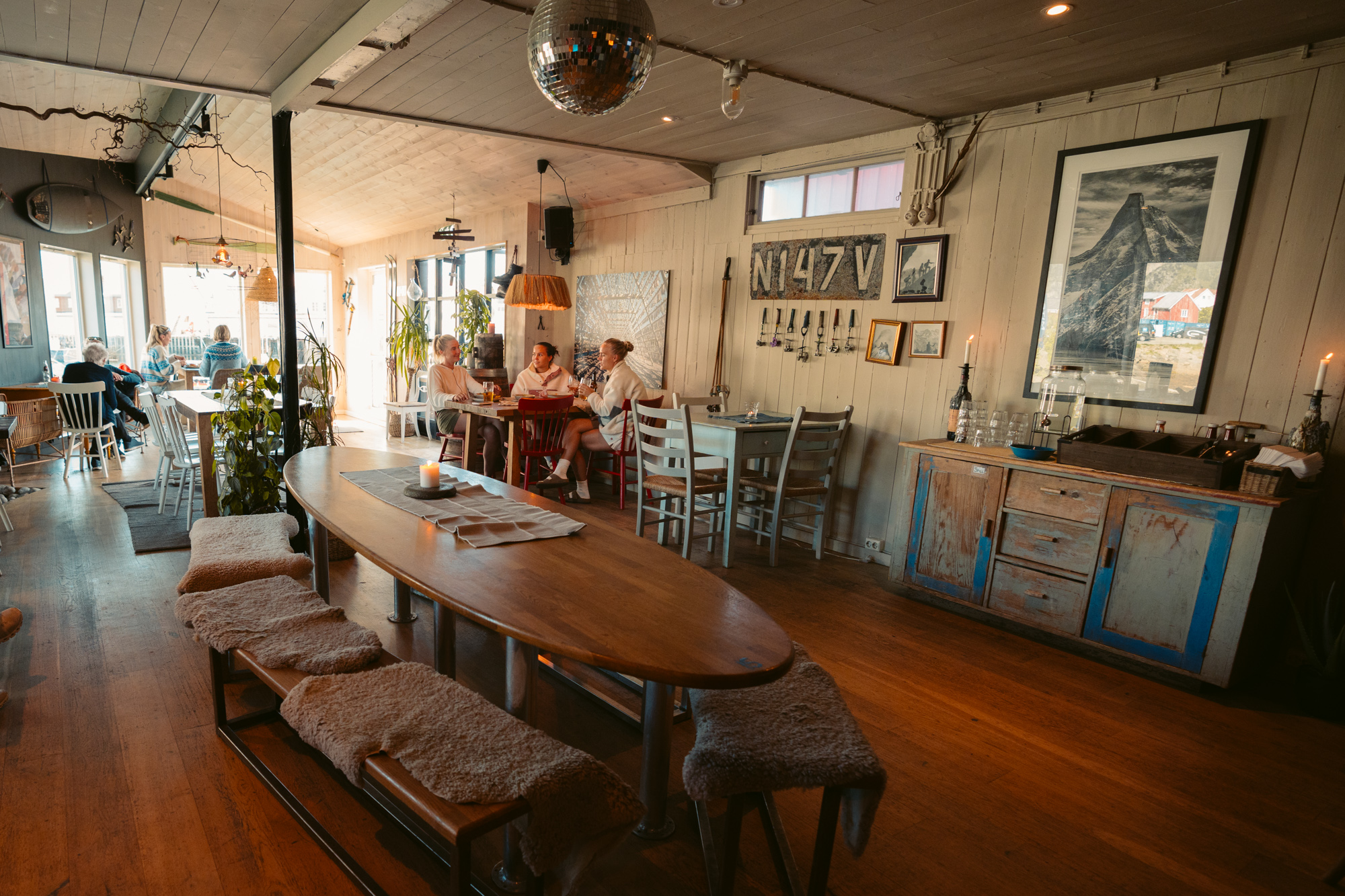
27. Consider getting affordable meals at gas stations
Now, especially when it comes to road trips, another budget-friendly tip for food in Norway is getting food at gas stations! I know how bleak that sounds, but Norwegian gas stations actually do have some great hot food options, typically for a very affordable price too. Hot dogs for instance are a filling and tasty staple, which can fill you up for less than 100 NOK per person!
There are a few common chains you’ll find across the country, but Circle K is by far my favourite – their hot dogs and ice cream are great, and for longer road trips you can even get a refillable cup for unlimited hot drinks across the country.
As a bonus tip, if keep an eye out, often you can find really good deals on older items as well that are discounted.
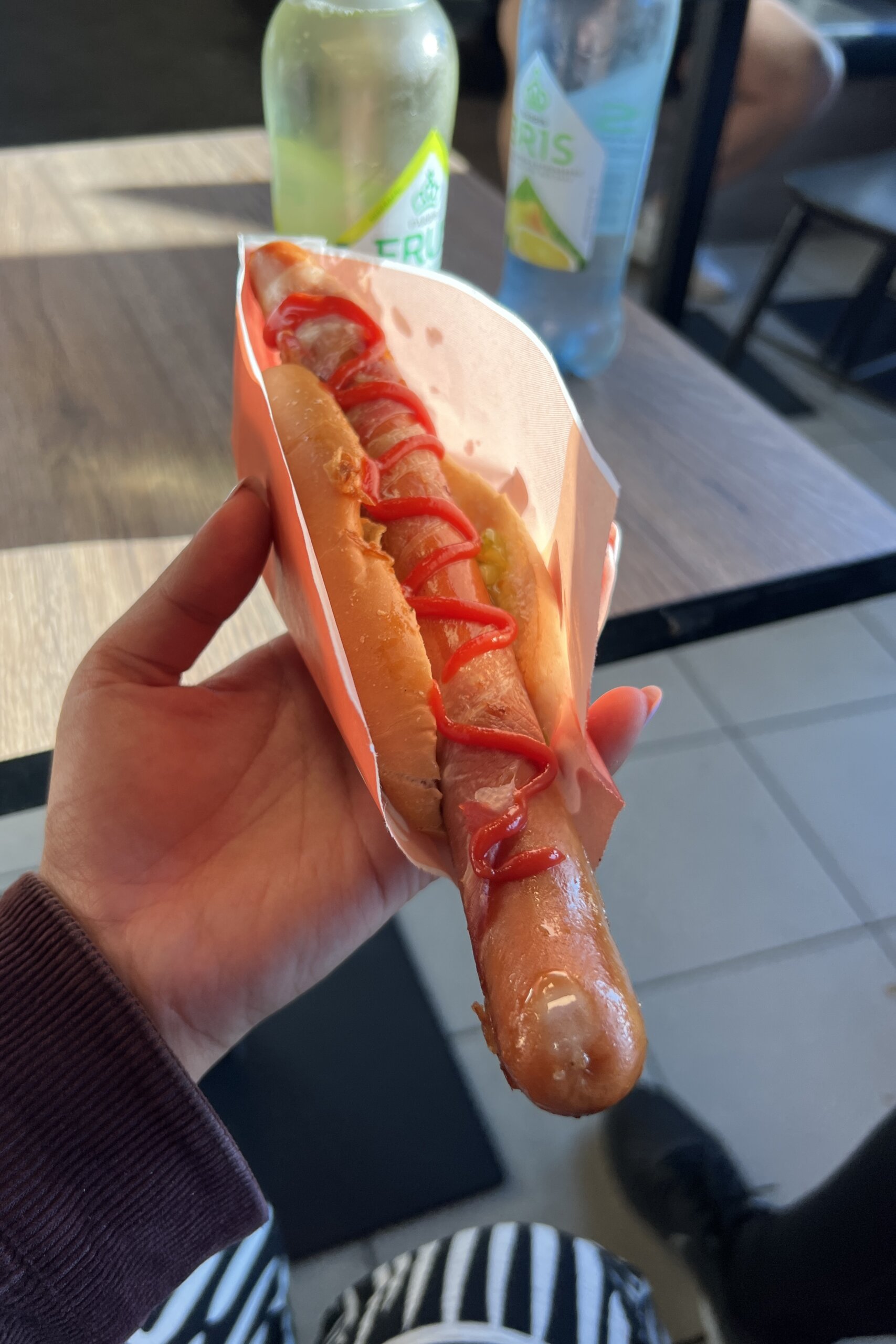

28. Shops and supermarkets are usually closed on Sundays
Now if you’re planning a longer trip, do be mindful of the fact that shops and supermarkets tend to be closed on Sundays in Norway, so any major bits of shopping you need to do should be saved for other days.
That said, with supermarkets, there are increasingly more shops these days that open on Sundays, though typically for a shorter time, so you should be fine in any major city. In a pinch, gas stations also have grocery staples (for a higher price point) and these are usually open on Sundays.
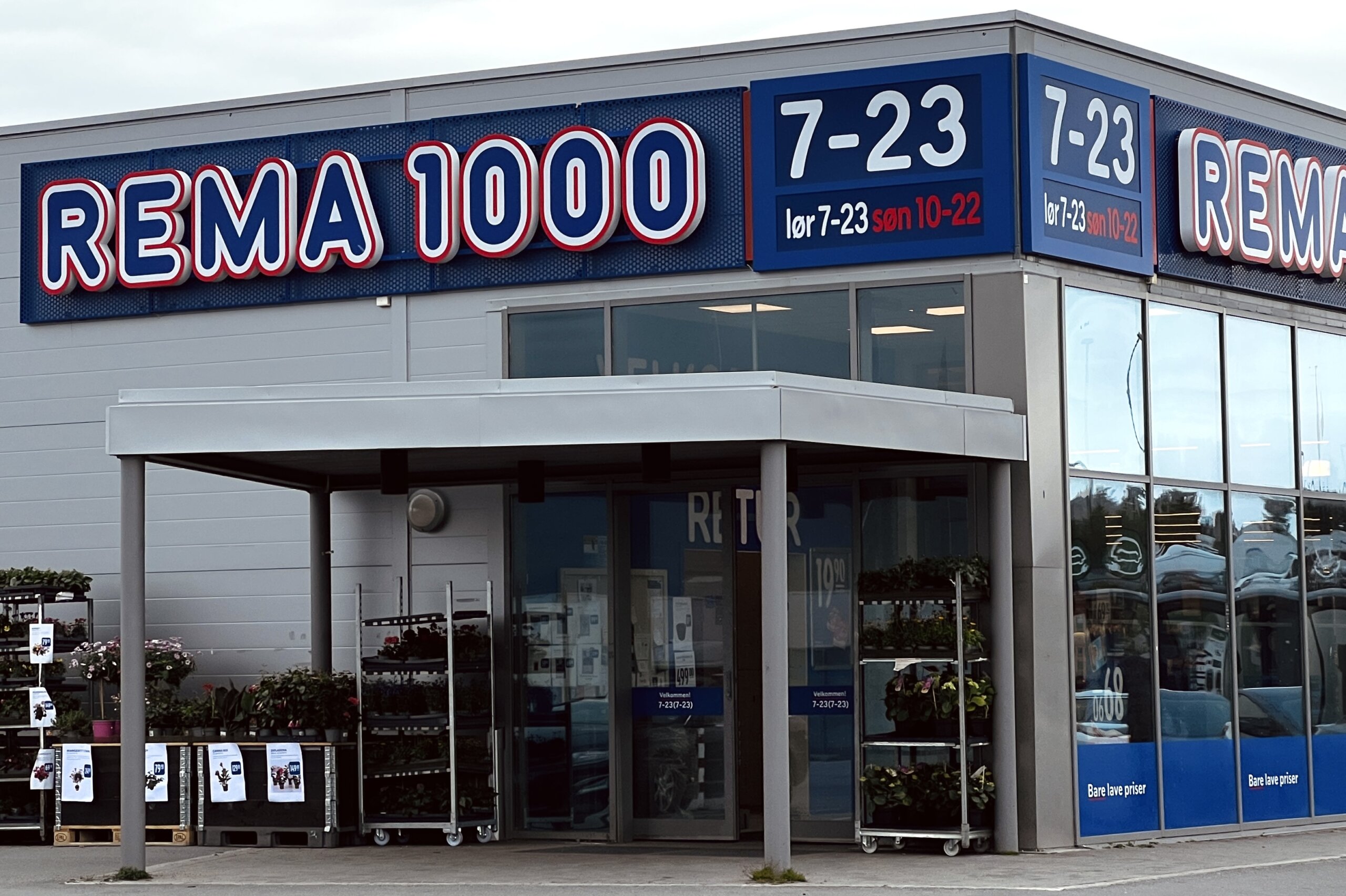
29. Beware that retail alcohol sales are very controlled
Hoping to booze it up in Norway? Unfortunately, in addition to high prices, another thing you need to deal with is just how controlled the sales of alcohol are.
For instance, supermarkets in Norway are usually only allowed to sell alcoholic drinks up to a 4.7% alcohol content. Anything beyond this must be purchased at a Vinmonopolet.
There’s also restrictions on WHEN alcohol can be sold – this may vary depending on where you are, but from what I saw around Lofoten, it seemed it was only possible to buy alcohol before 8pm on weekdays and before 6pm on Saturdays, with no sales at all on Sundays and certain holidays… so plan accordingly.
A random fun fact though – I’ve heard that buying very fancy and expensive wine can actually be cheaper in Norway than other countries, because they have restrictions on how high they can mark up prices, so if you’re a pricey wine connoisseur, keep that in mind.
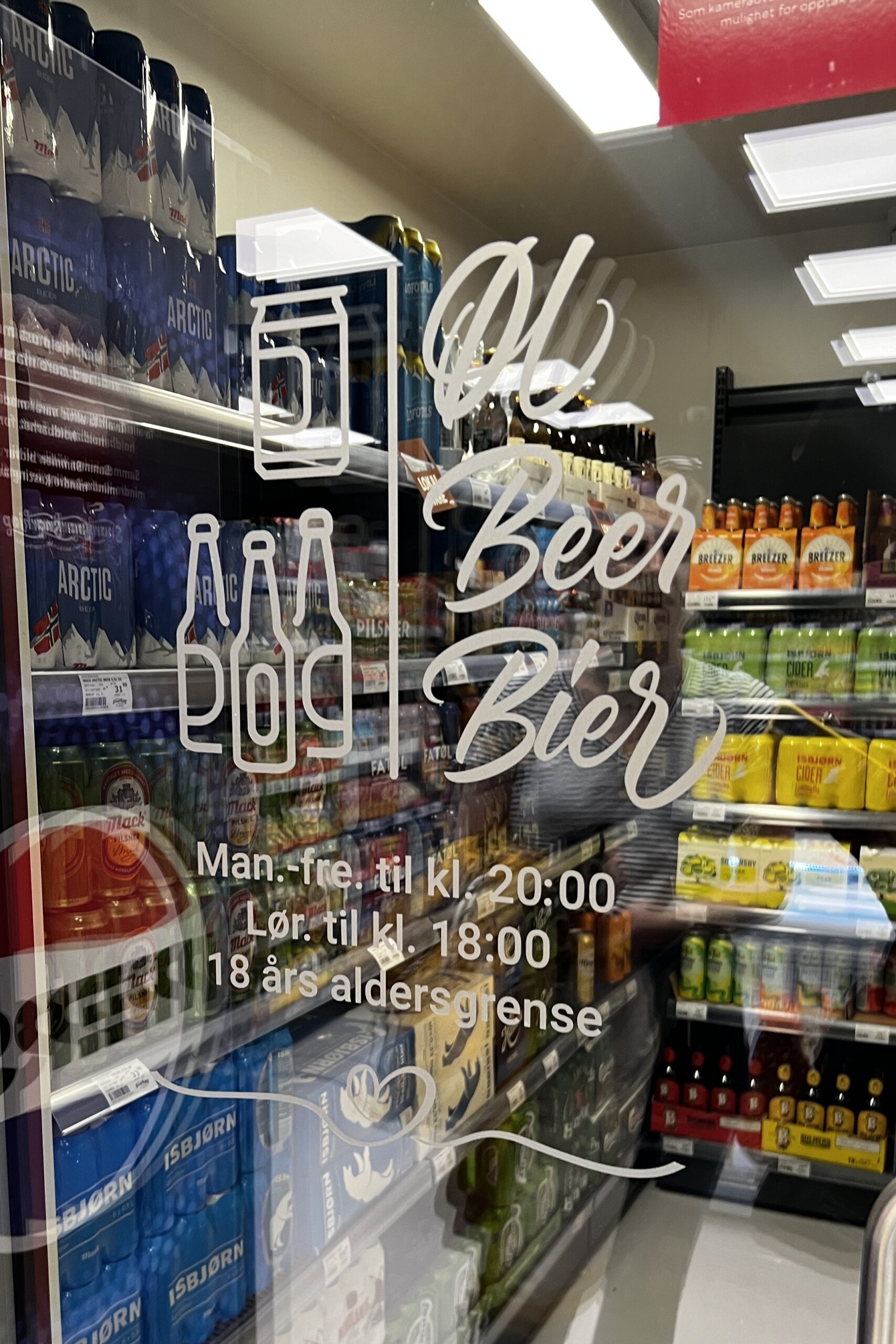
30. Be VERY careful of where you park
I learned this the hard way – parking tickets are steep and the signage isn’t always clear from a foreigner’s perspective, so you really need to be careful of where you park your car in Norway.
Some general things to look out for…
- Signs that say “mot avgift” which means “for a fee”
- Parking lines and anything painted on the parking lot floor that indicate where precisely you’re allowed to park
In some more remote areas, often these lines have been worn down though and aren’t very clear or visible, so be very careful. One hack I found was to read reviews of parking lots and places in advance, because usually when people have gotten a ticket, they will leave an angry review so that’ll help you understand the rules and where you can and can’t park.
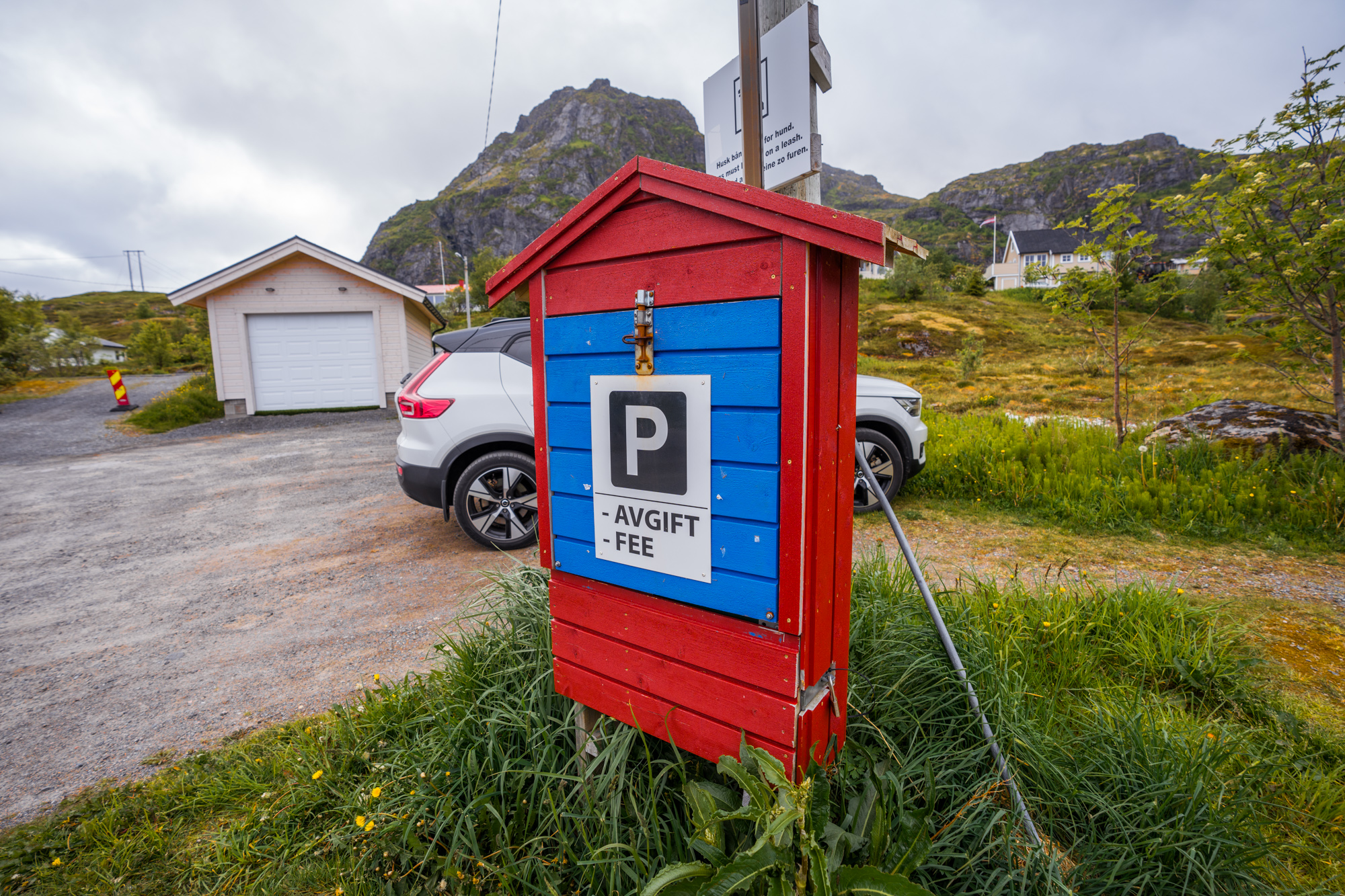
31. Norwegian windows can often open more than you think
If you find yourself in a Norwegian hotel room and the windows seem really limited in how much they can open, do keep an eye out for any button or latch you can press that will allow you to open it much wider for optimal circulation.
Again, this was a lesson learned the hard way after tons of struggle!
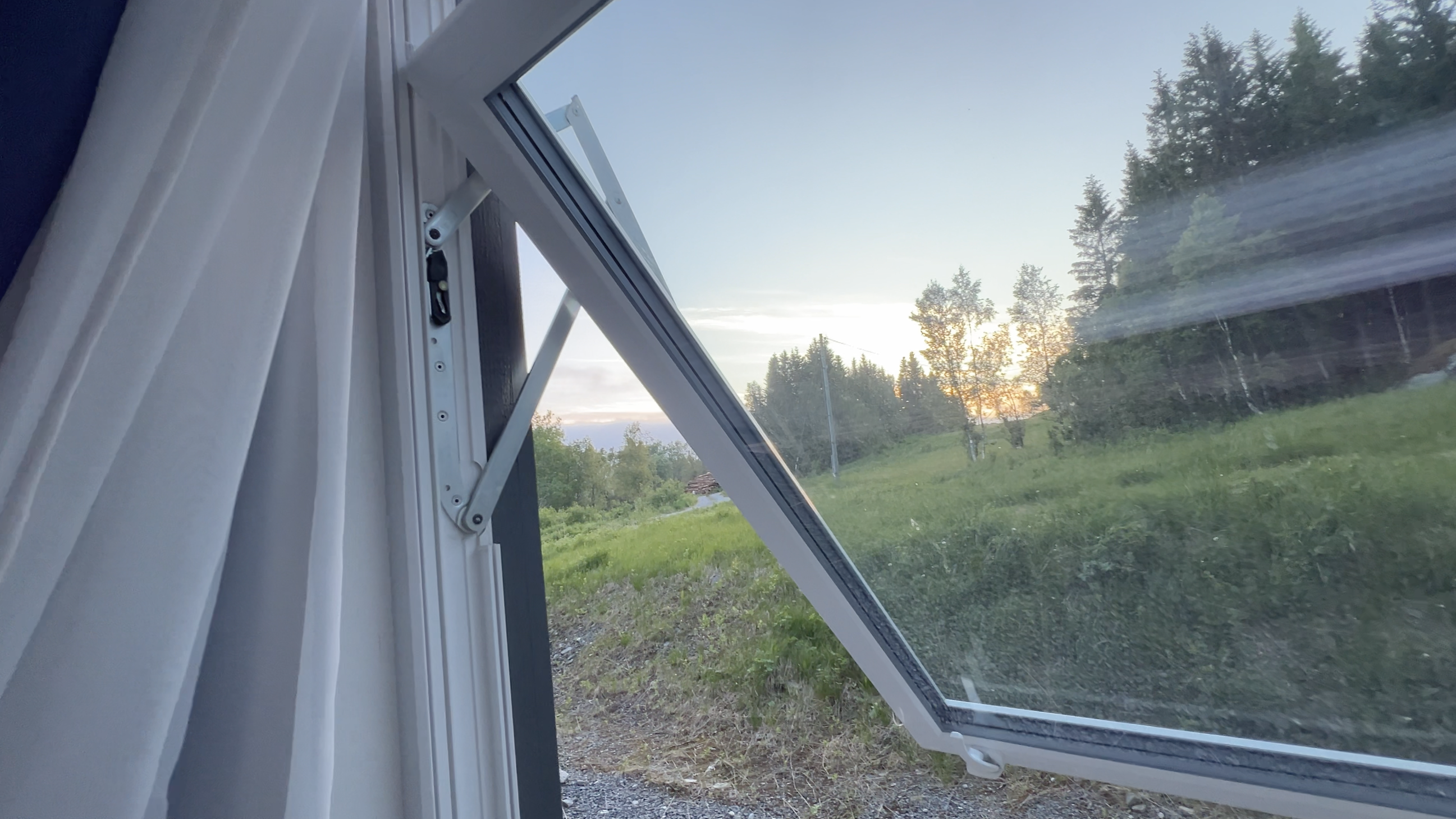
I hope this list of Norway Travel Tips was helpful!
Hopefully by now, you’ll feel much more prepared for your big Norwegian vacation, but if you have any more questions, let me know in the comments.

